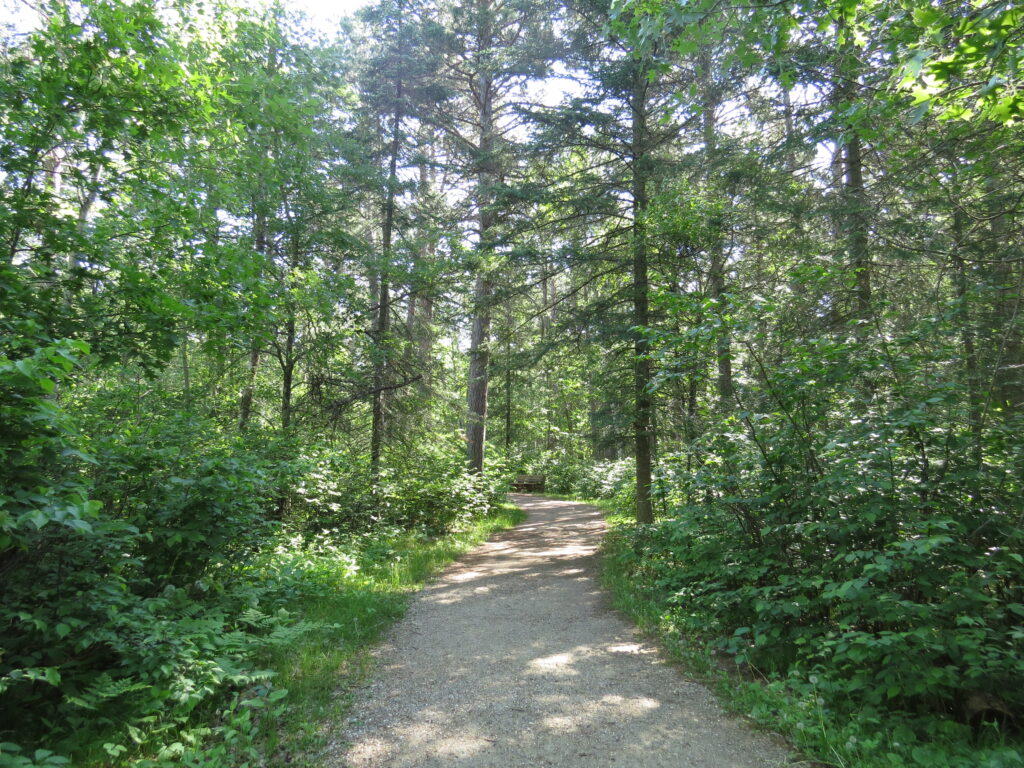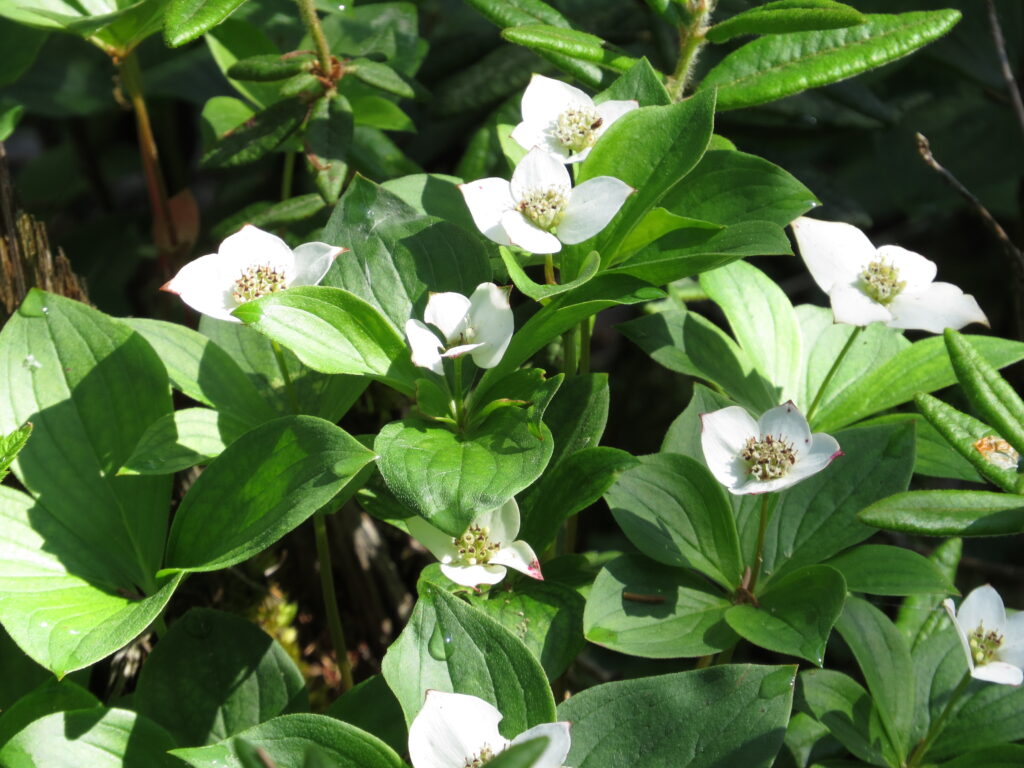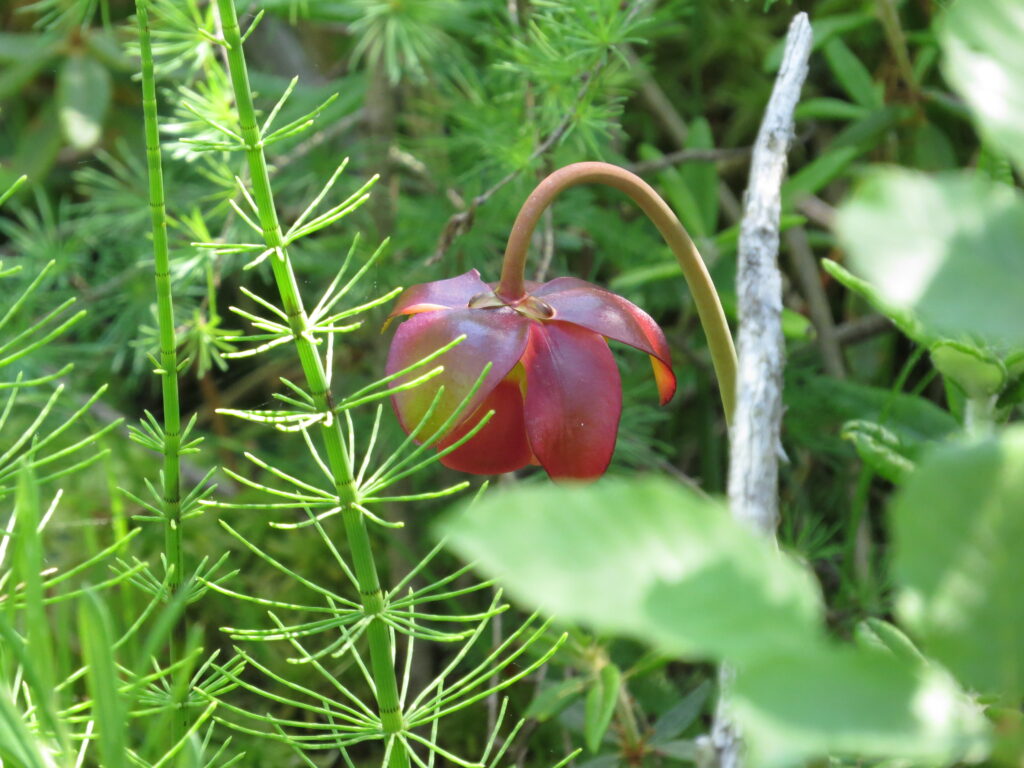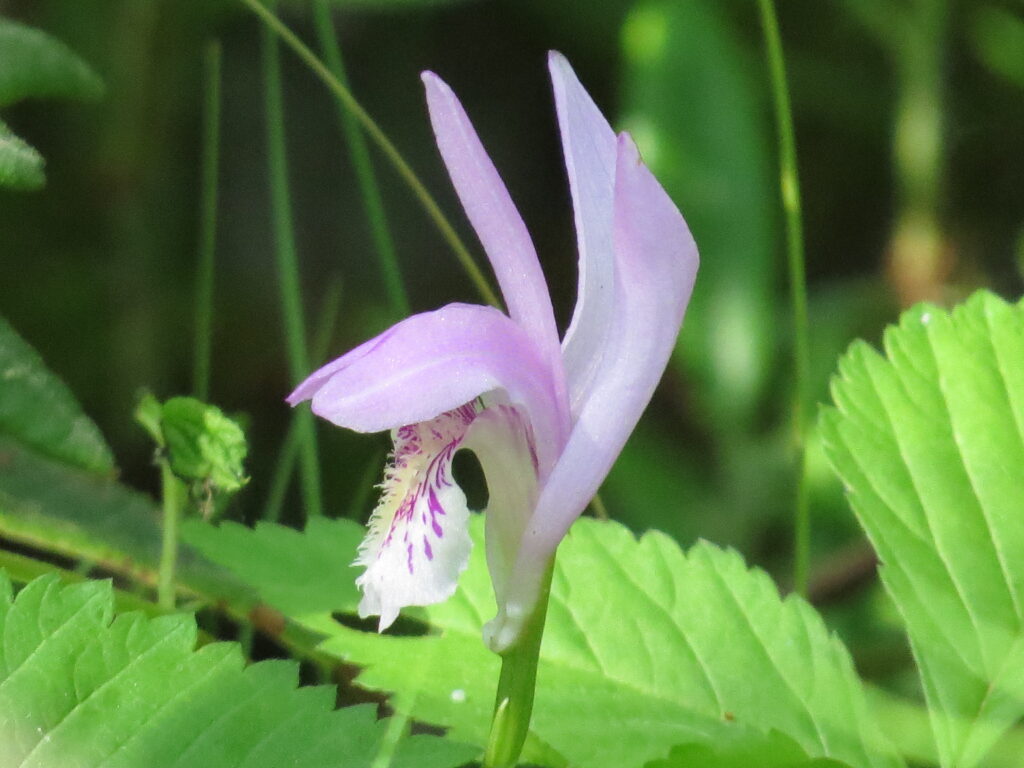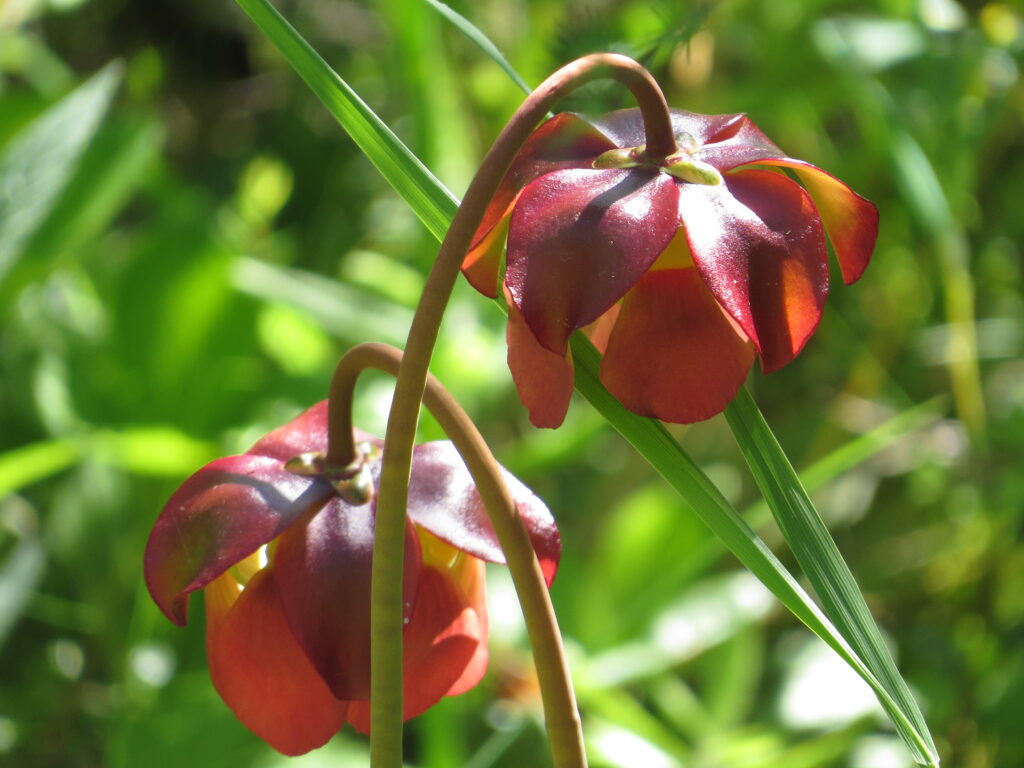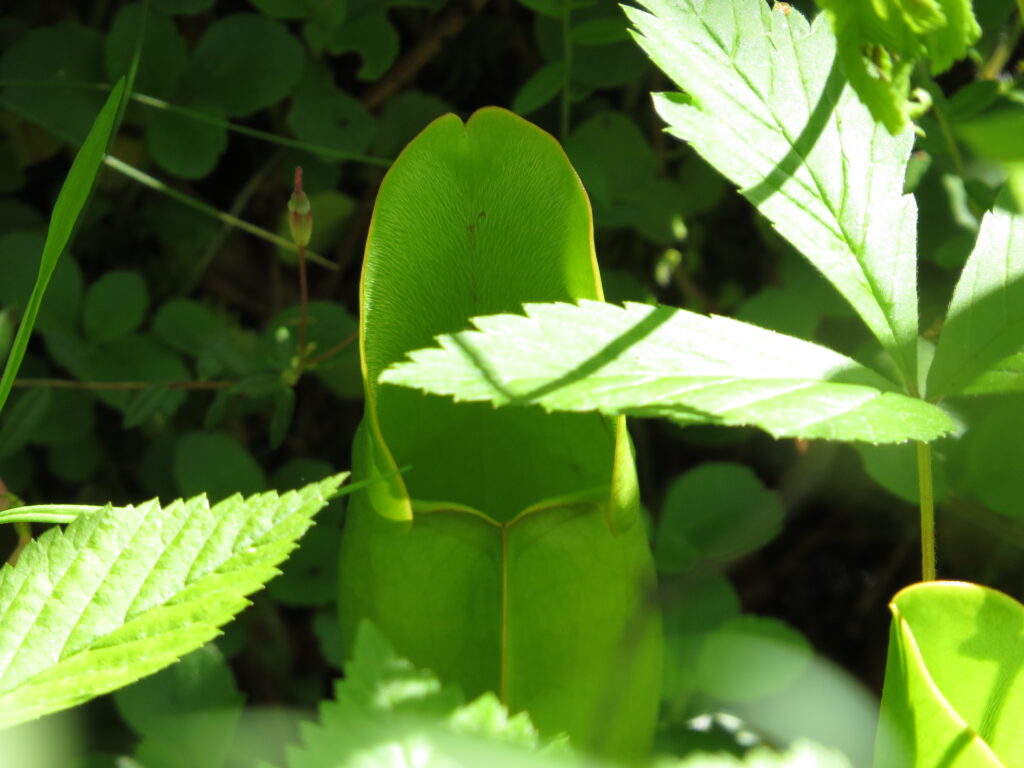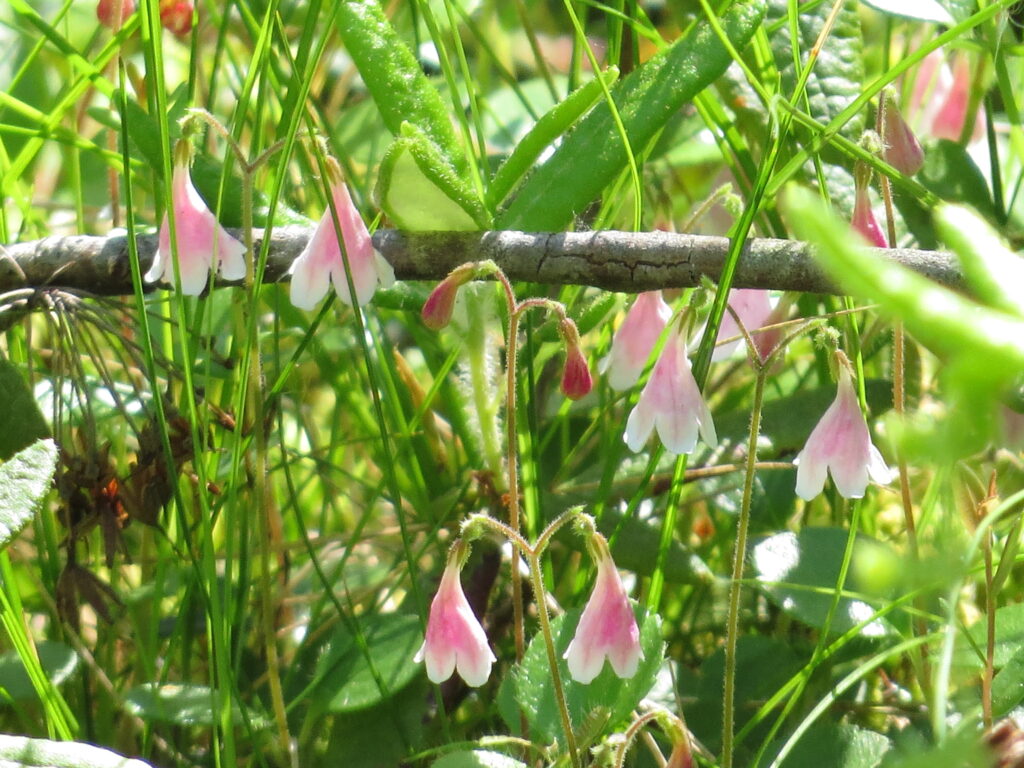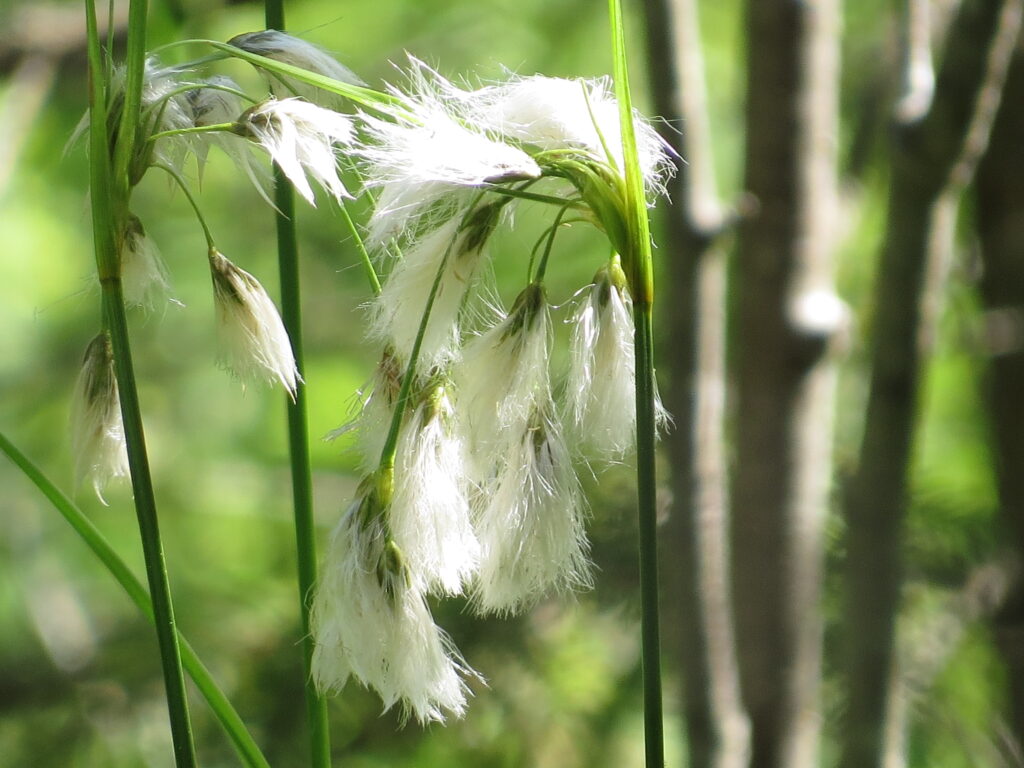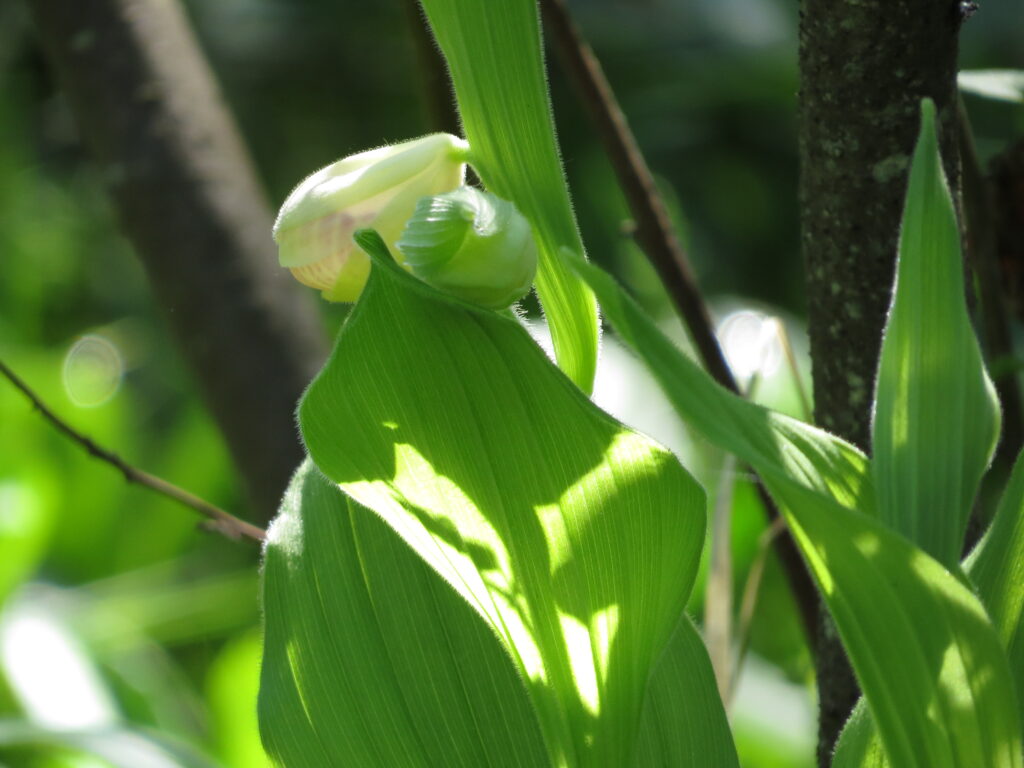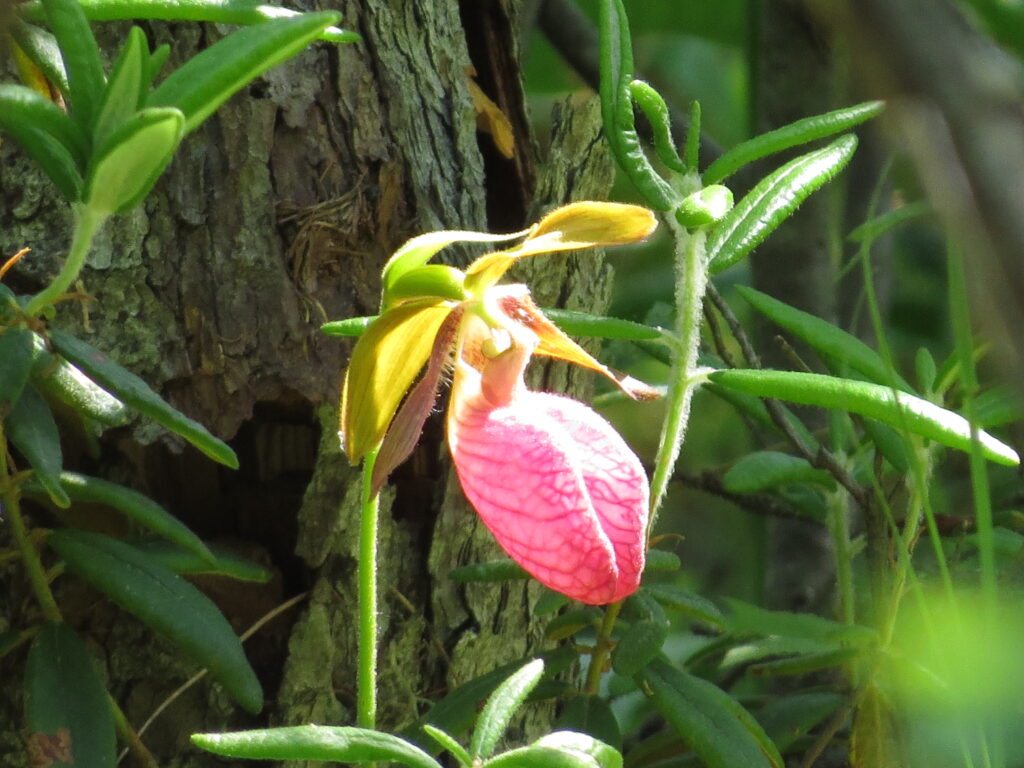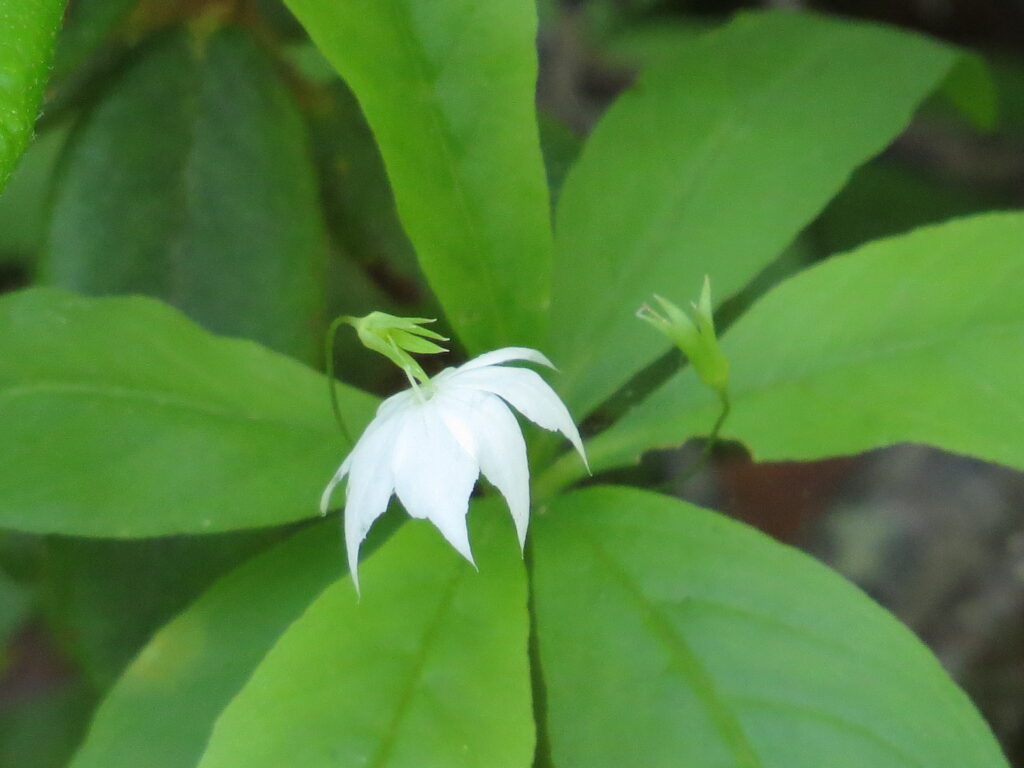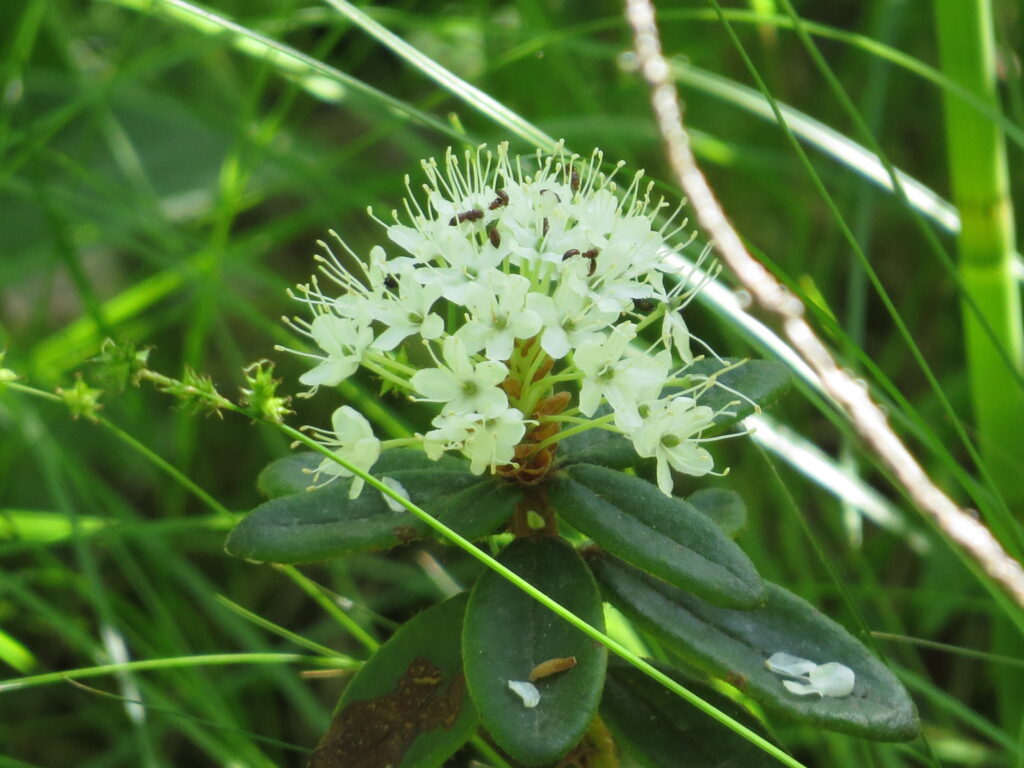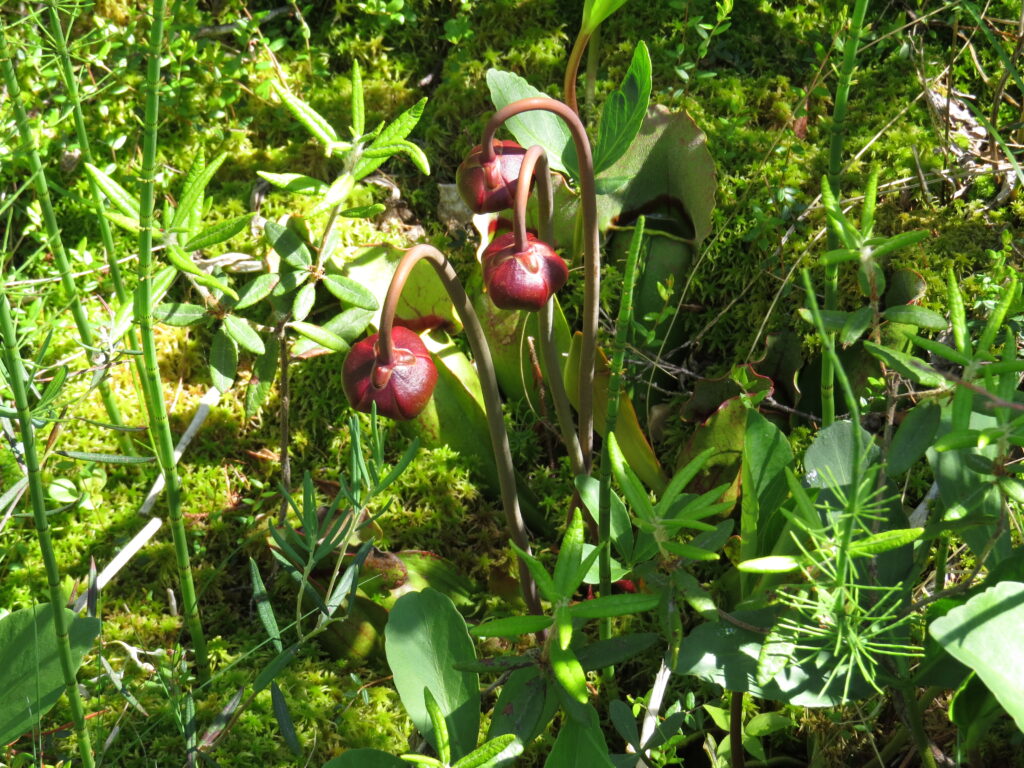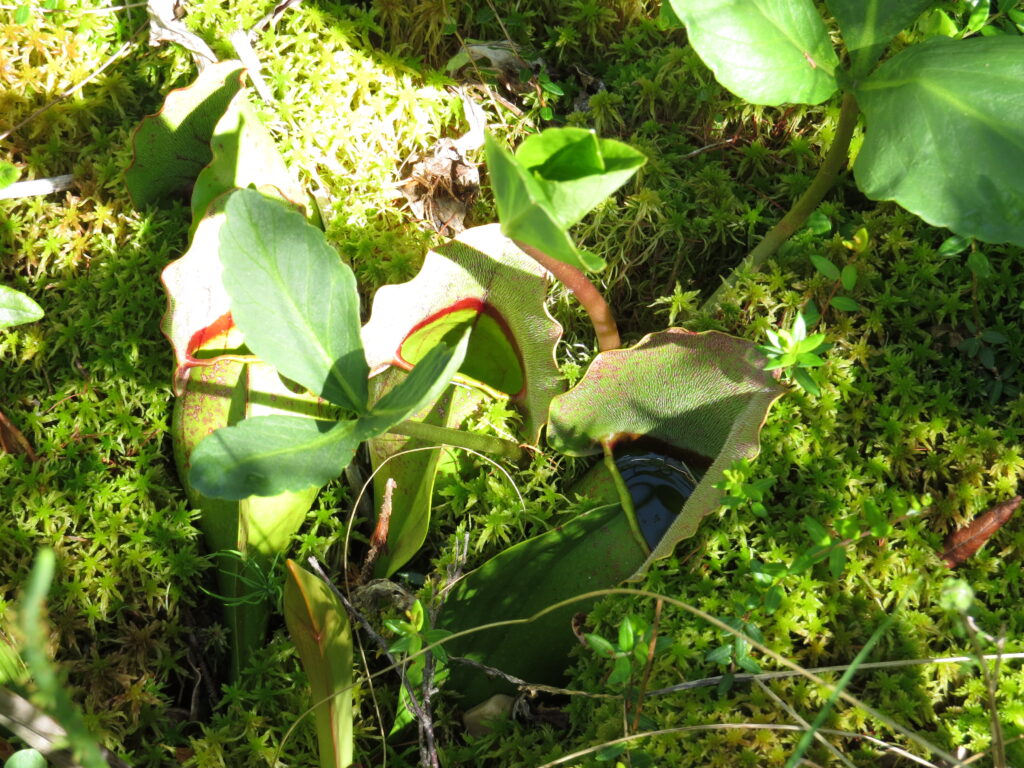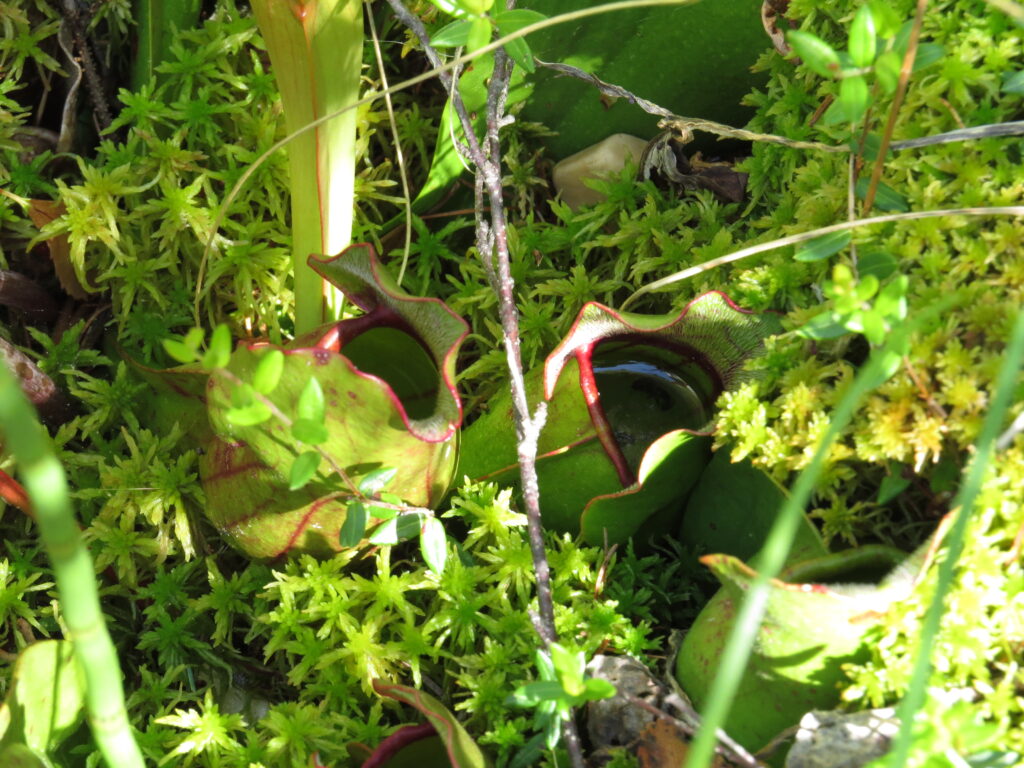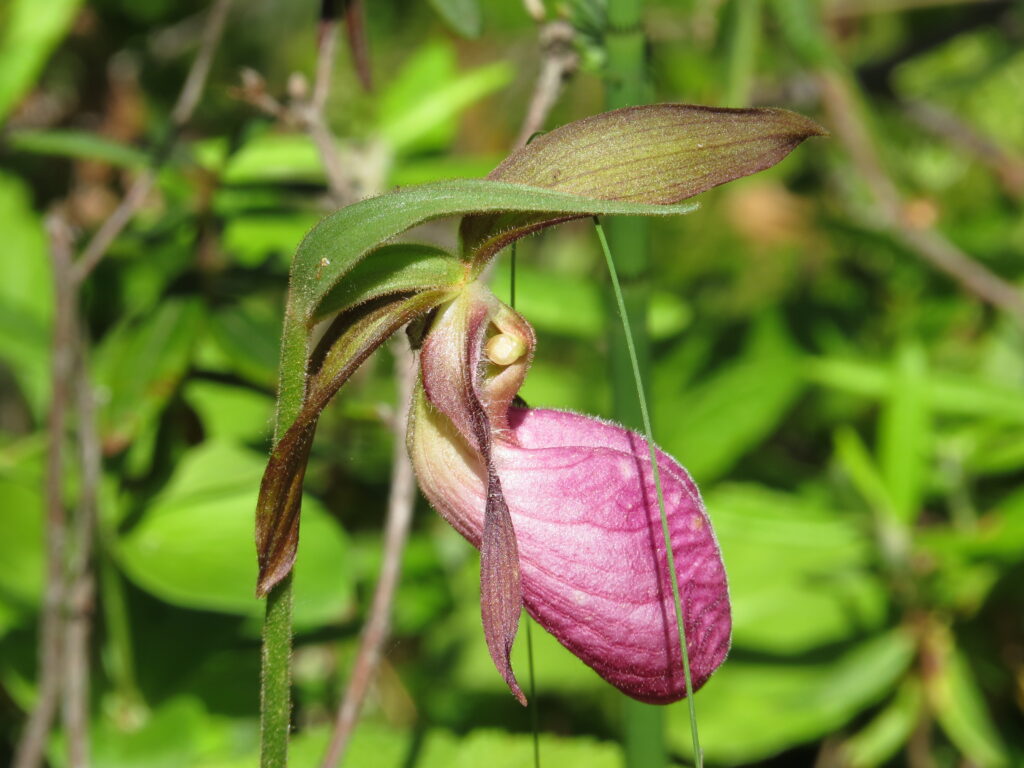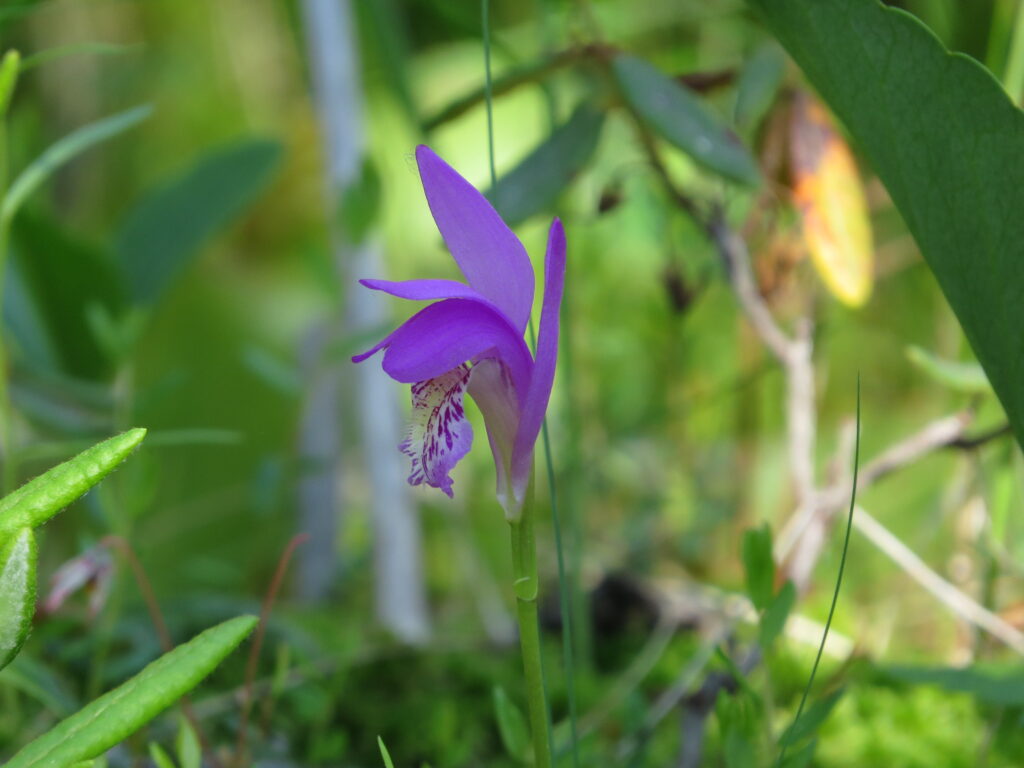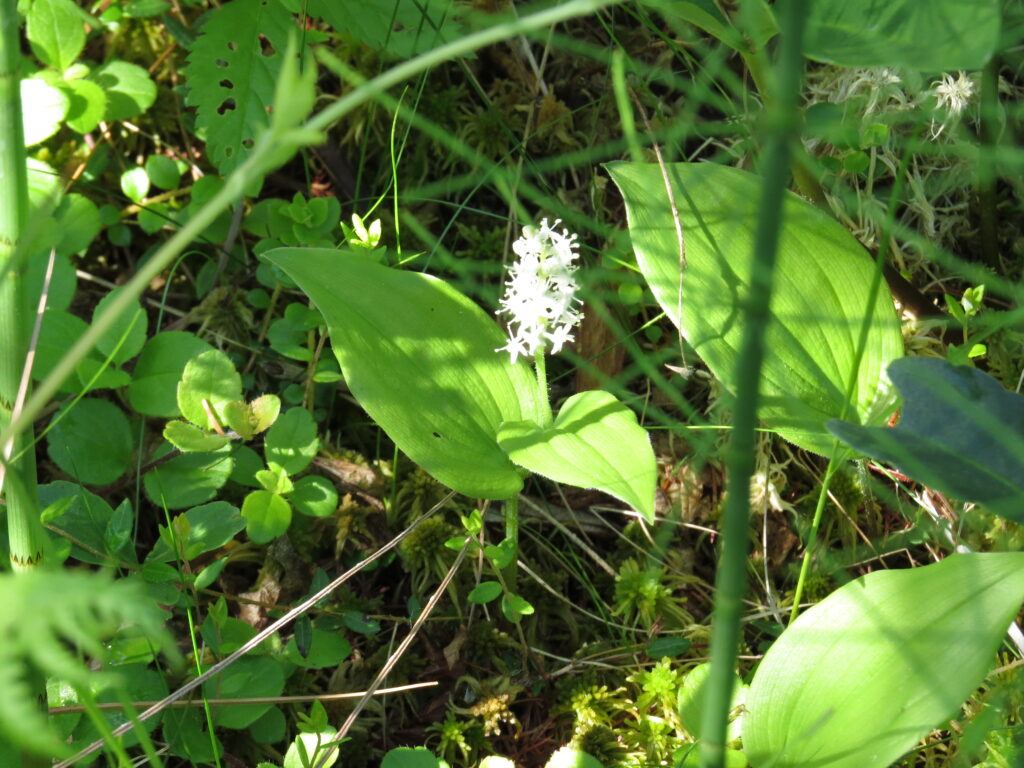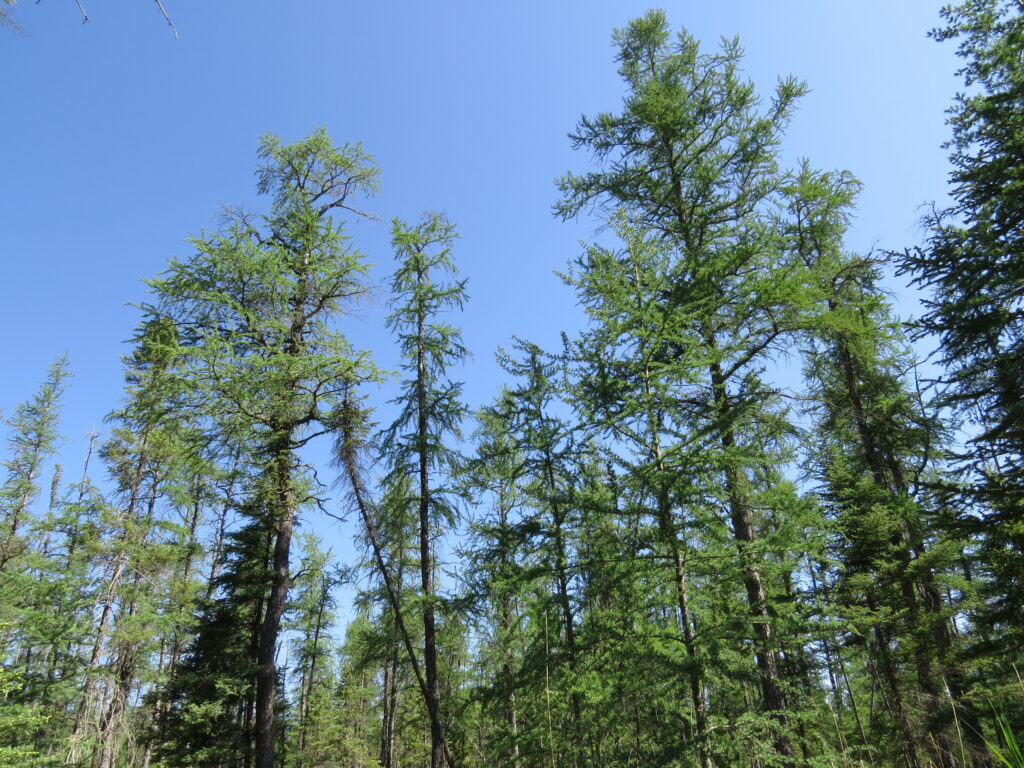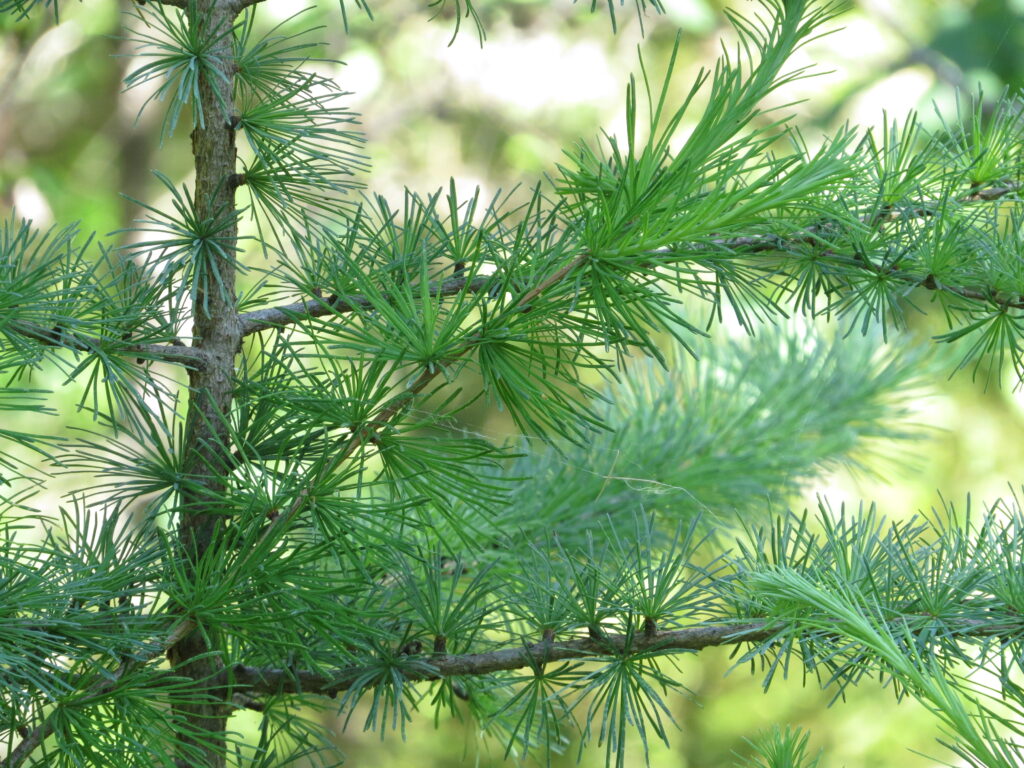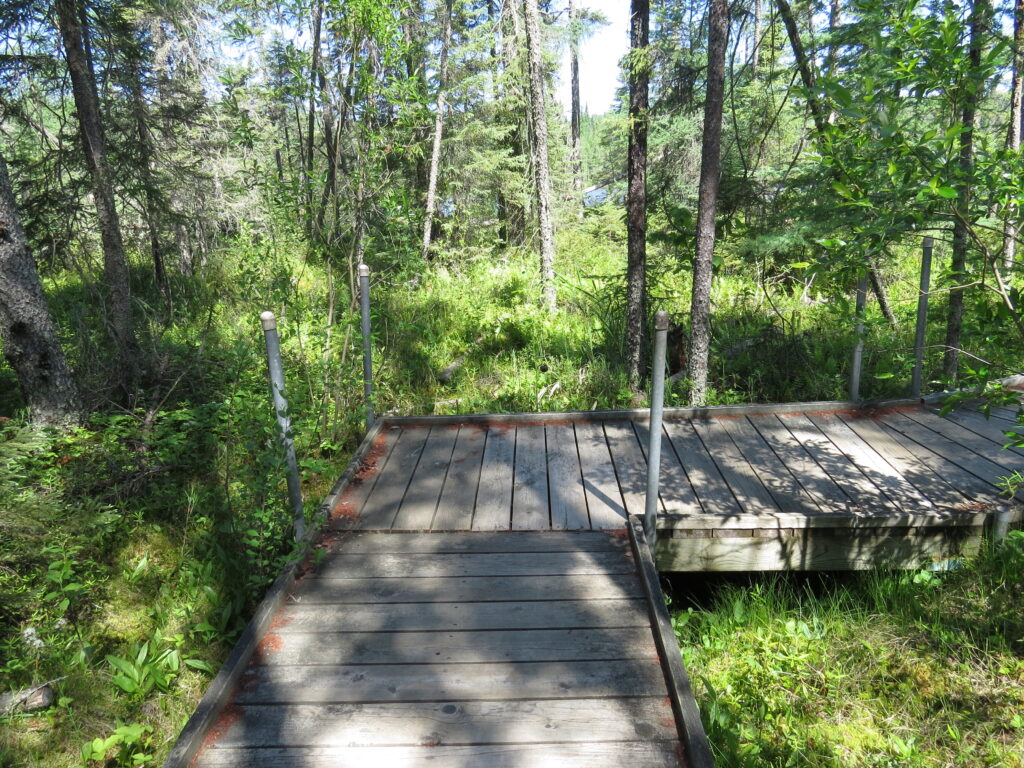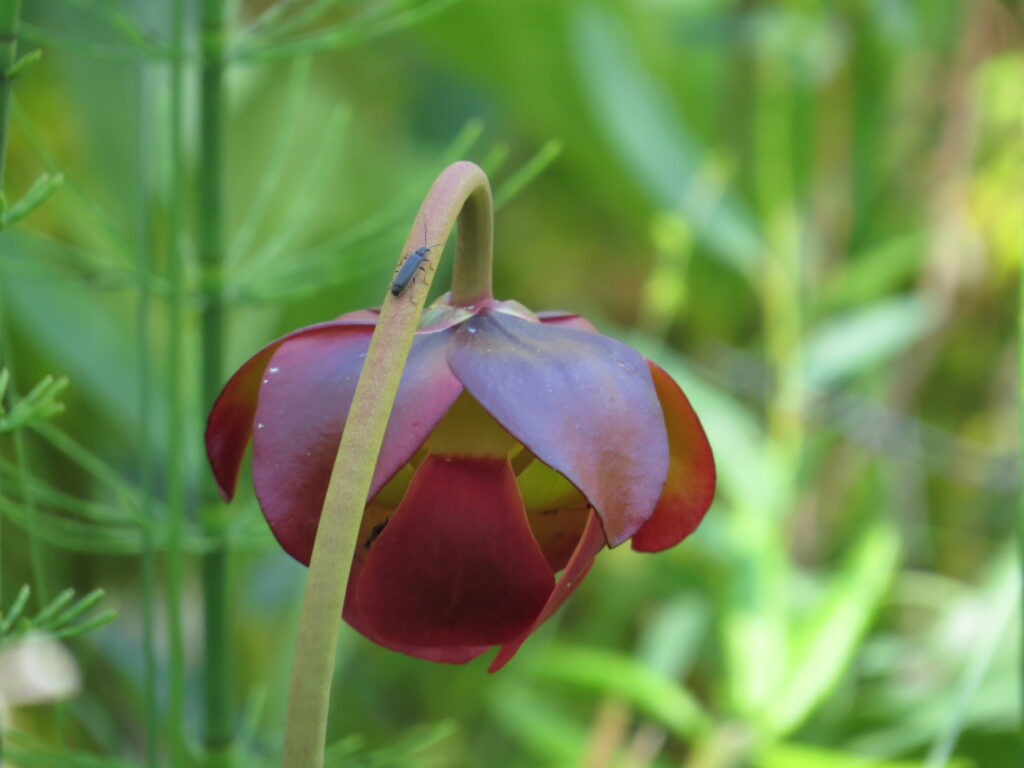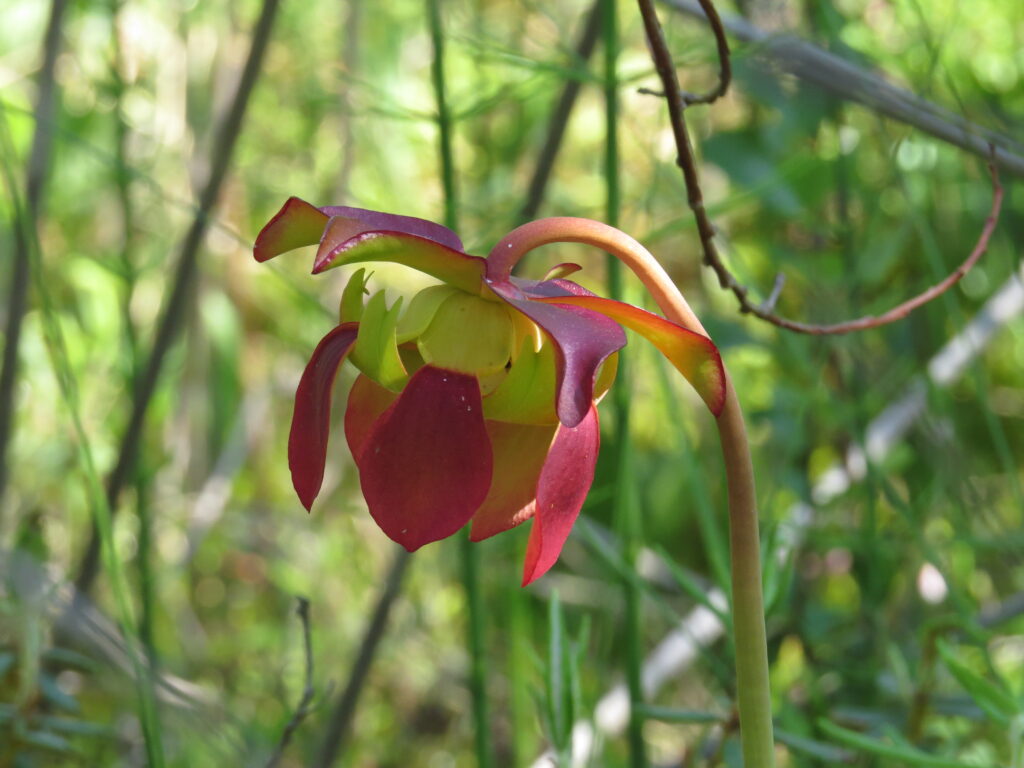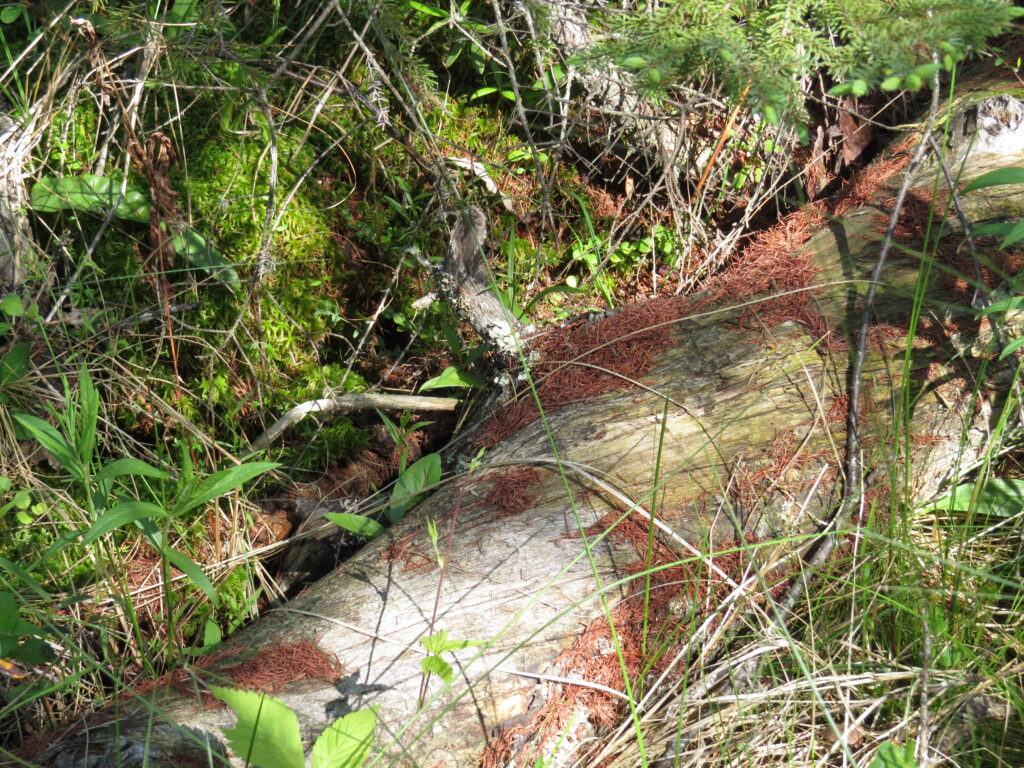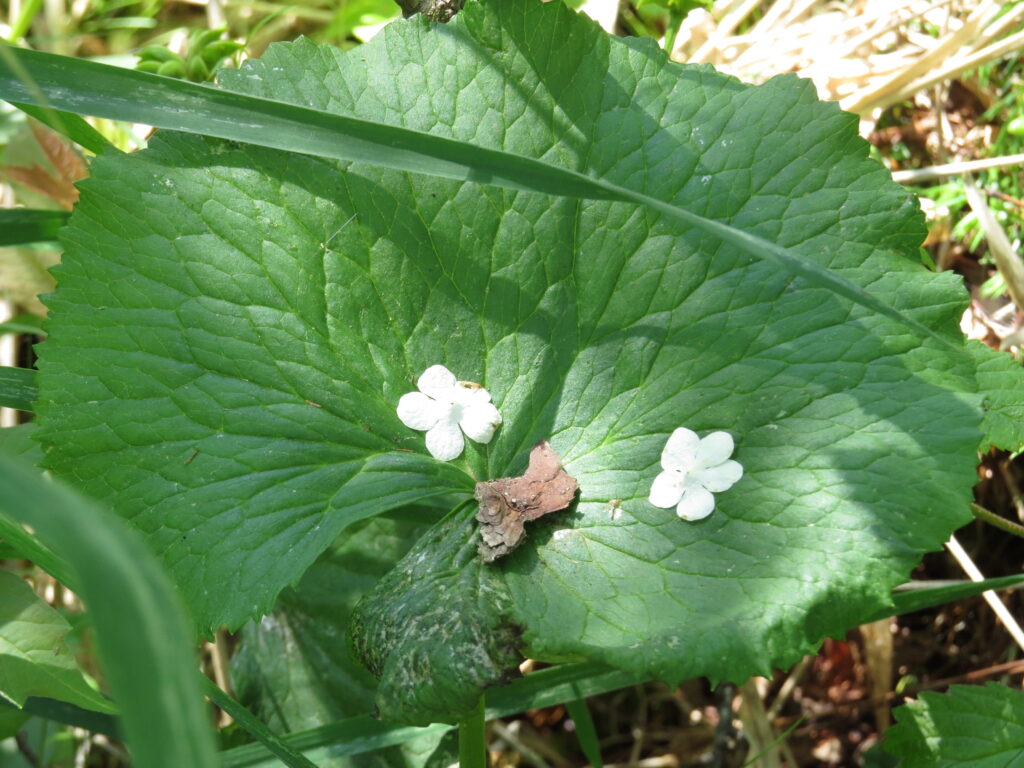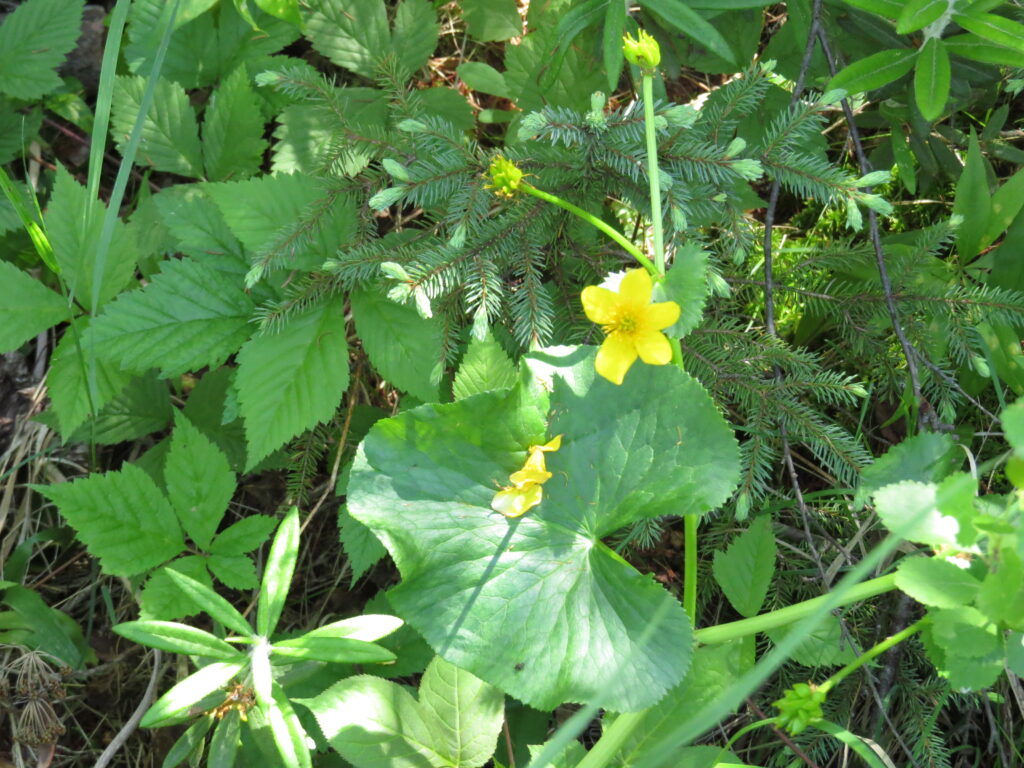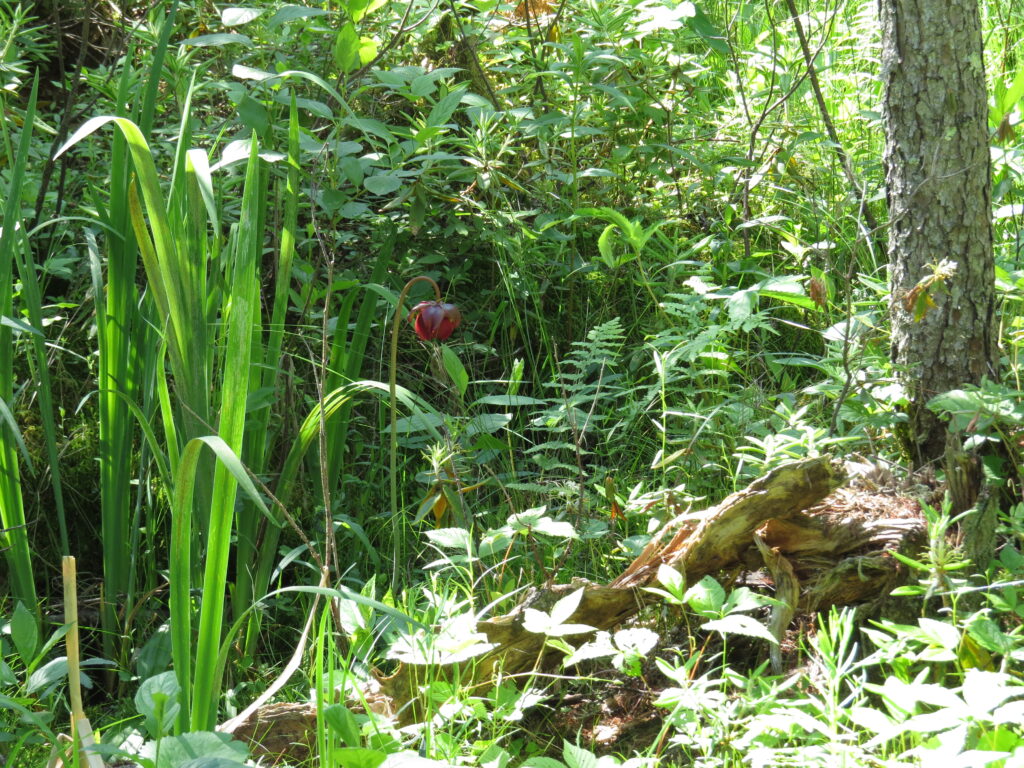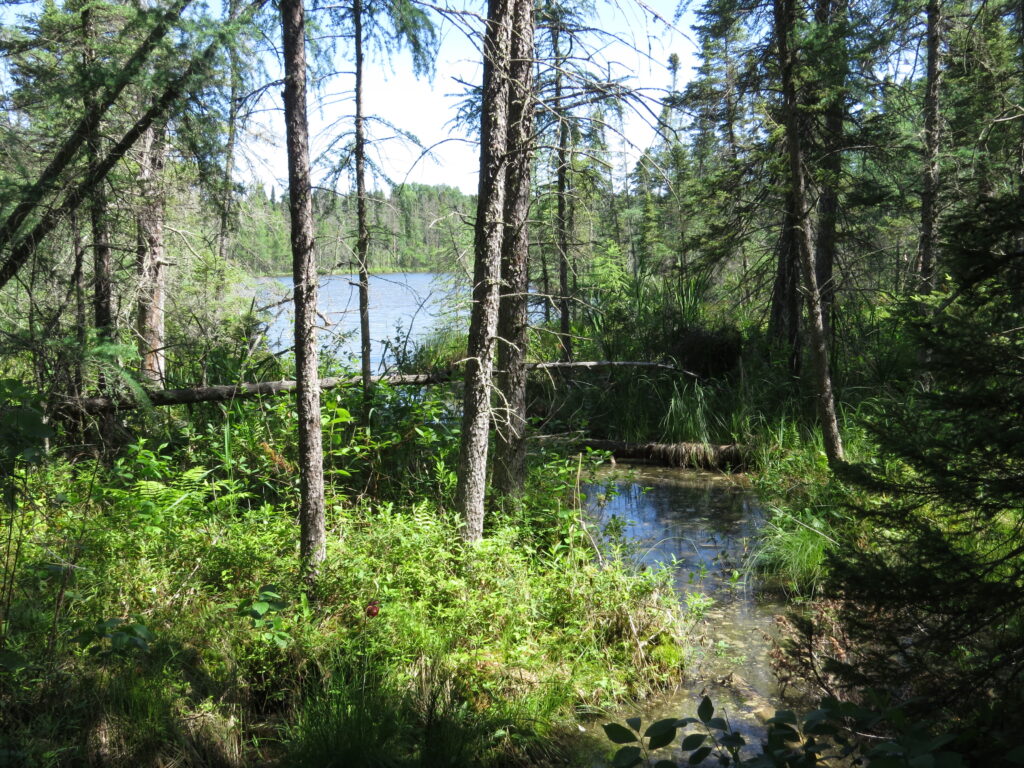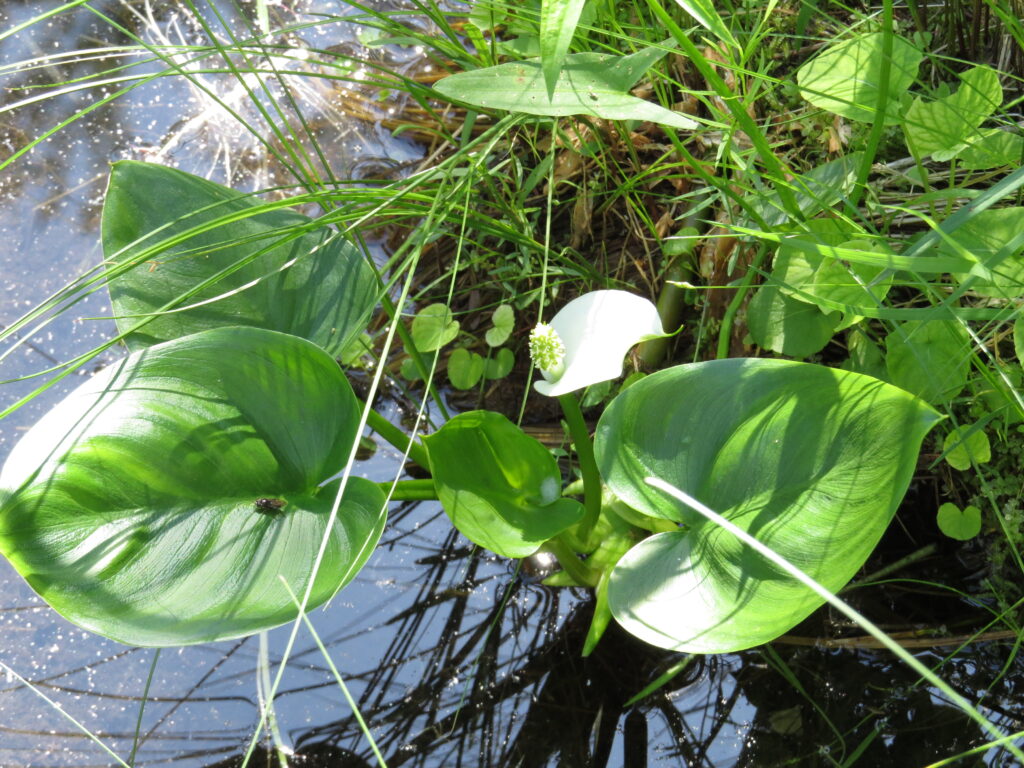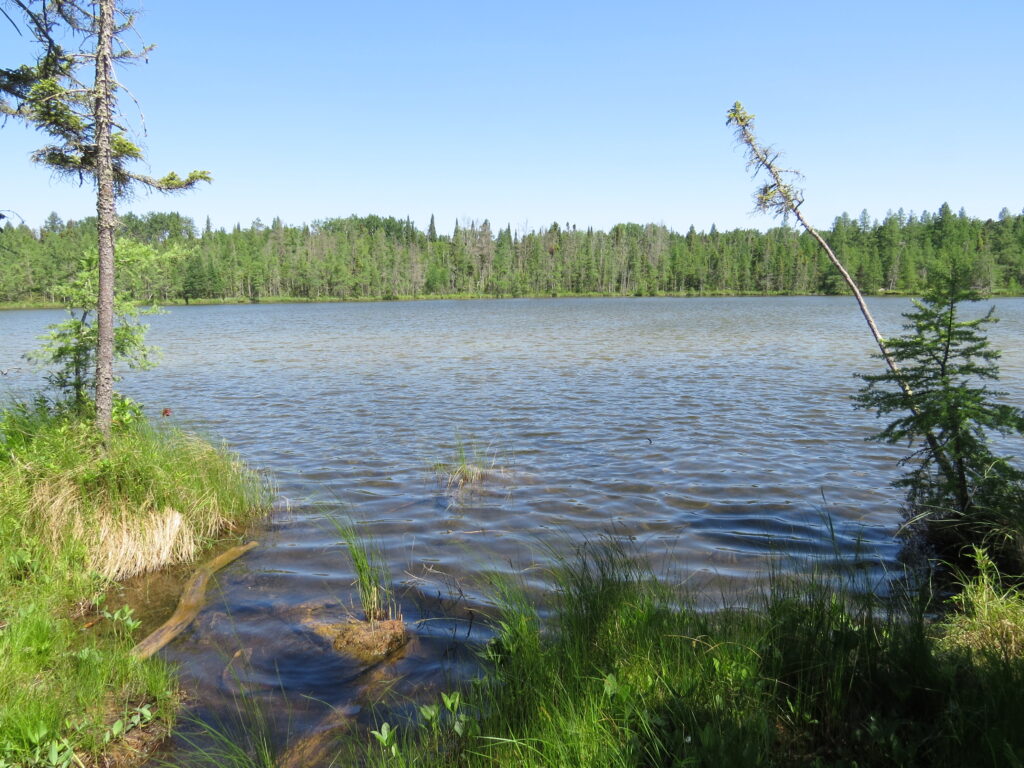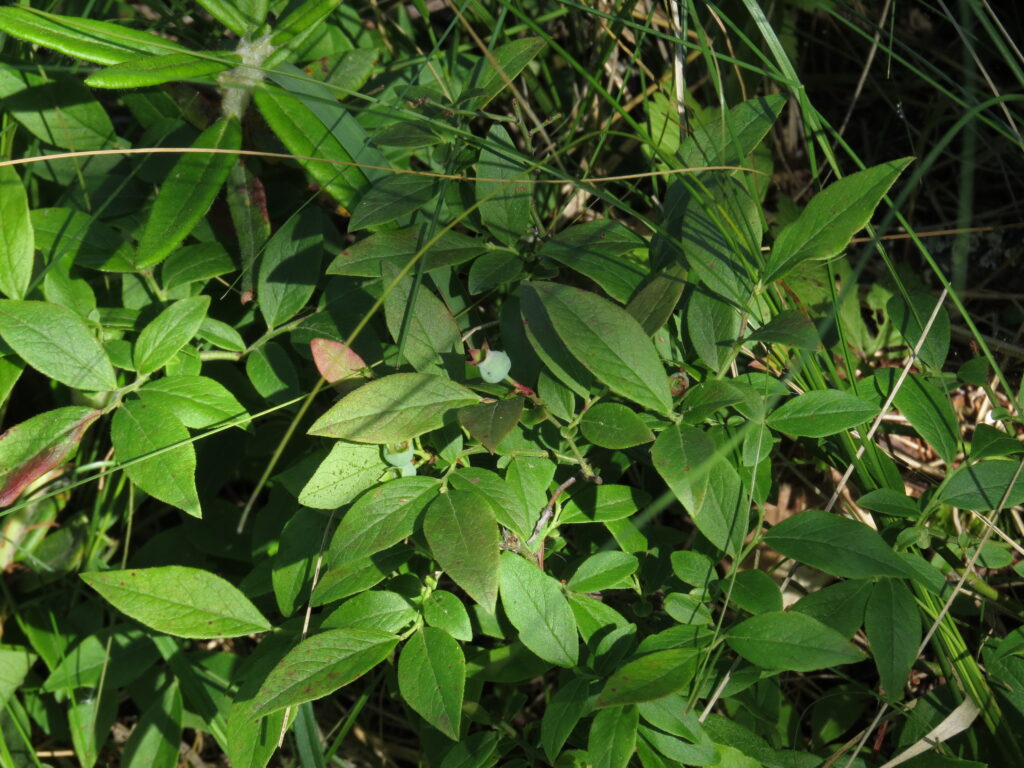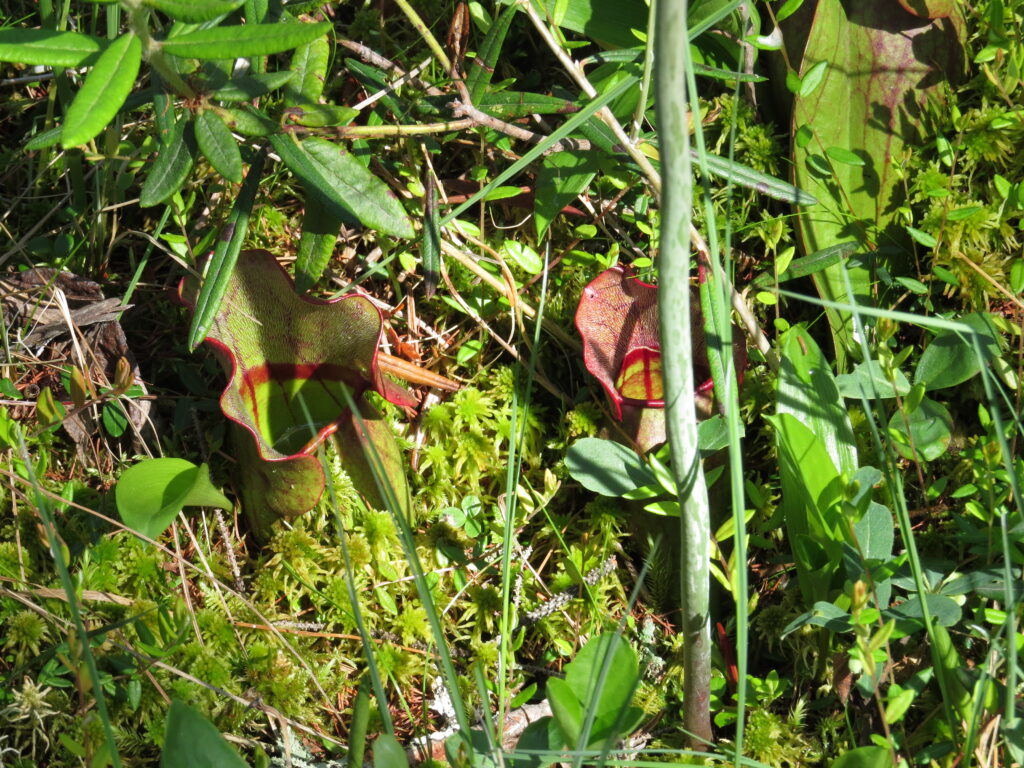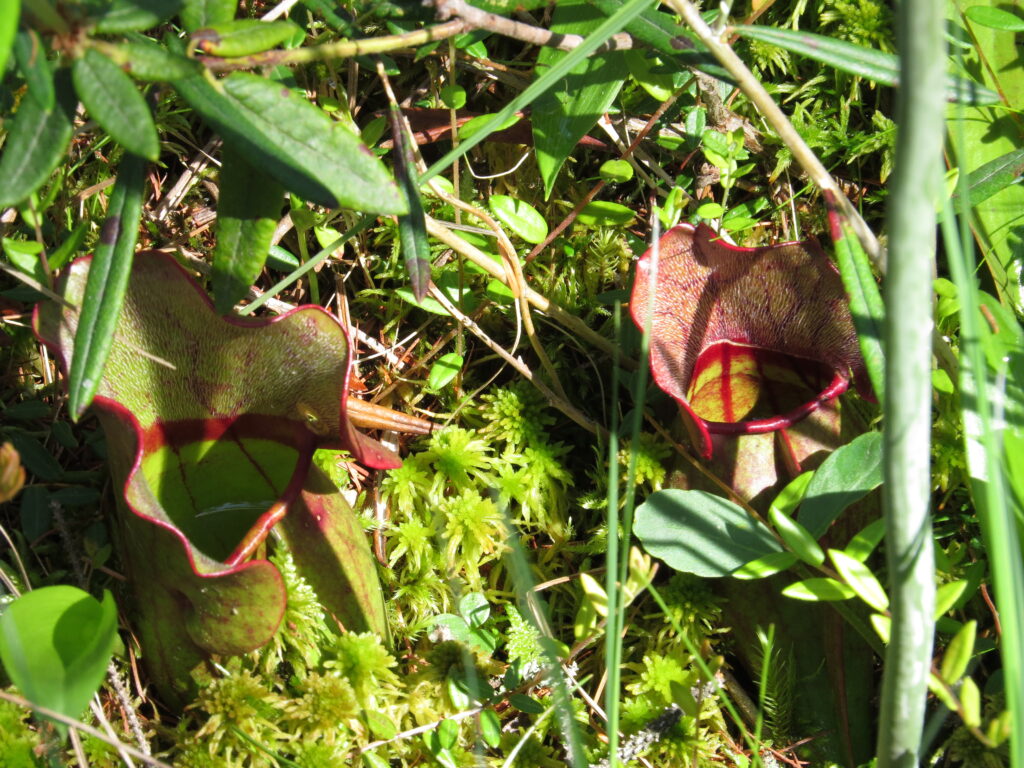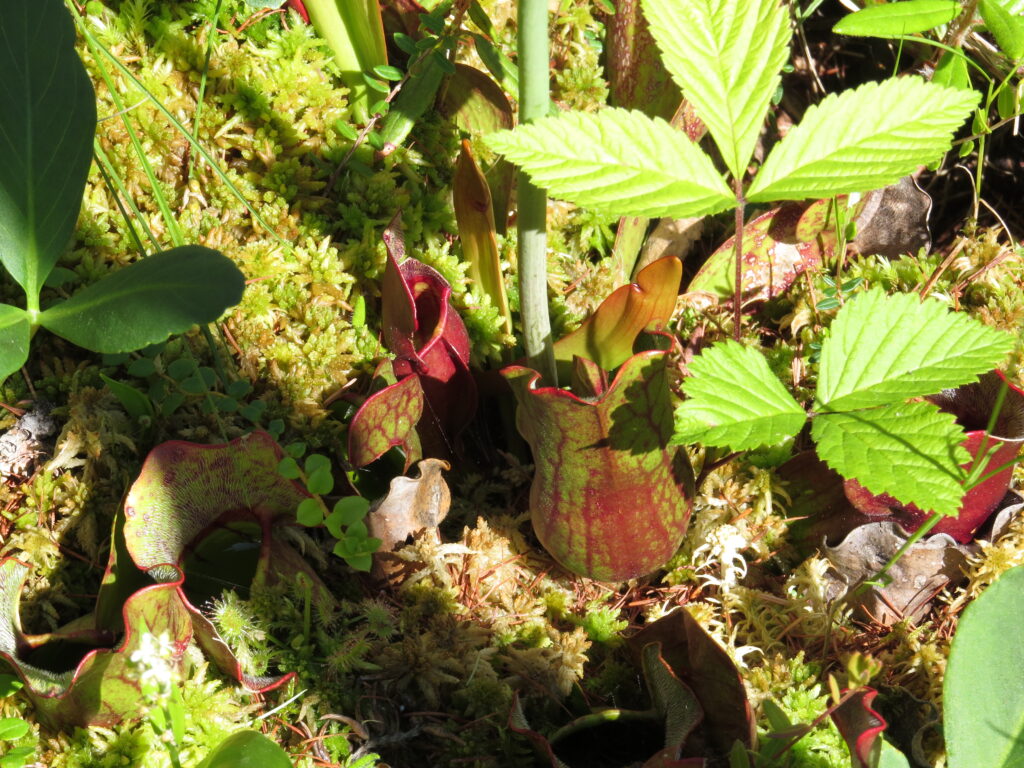In the early seventies—yes, back in the nineteen hundreds—I was one of millions of kids who watched the one television set in the house with my siblings. We watched an array of programs—The Brady Bunch, Saturday morning cartoons, American Bandstand, Dark Shadows, the Merv Griffin Show, To Tell the Truth, Hee Haw, Laugh-In, and so many more. One of the shows we watched—The Flip Wilson Show—popularized an idiom “what you see is what you get” when Flip impersonated his drag persona ‘Geraldine.’ And no one, not my Republican parents, not the ‘media,’ not half the members of Congress, or concerned citizens thought this show was ruining, grooming, exploiting, or influencing children. It was a comedy show with a humorous man dressing up like a sassy character, and it was funny! Looking back at any of those programs could indeed bring on some cringe moments in this day and age, but we survived our tv-watching childhood and became who we were meant to be.
“What you see is what you get” is a statement often used by a person who is unapologetic of who they are or how they are behaving, especially if another asks them to do or be something different. It implies there is no hidden or unknown features, traits, or characteristics beyond what is seen or immediately apparent, and it also implies that the person has no interest in changing. This statement can run the gamut from a person who is humbly grounded in who they are in the world to a rude reply of ‘hey, I do what I do, and I don’t care what you or anybody else thinks.’ I’m not so interested in who says it or for what reason, but in the premise that what we see is the whole story.
When we went north to Bemidji, we were on a bee-line to see the bog, and I was thrilled to see the blooming bog plants. After our bog walk, we picnicked beside Lake Bemidji, a medium sized (7,000 acres) lake with clear water, sandy beaches, and abundant fish species. We hiked along the beach and along the northern shore for a ways, noticing boats and float planes traversing the waters.

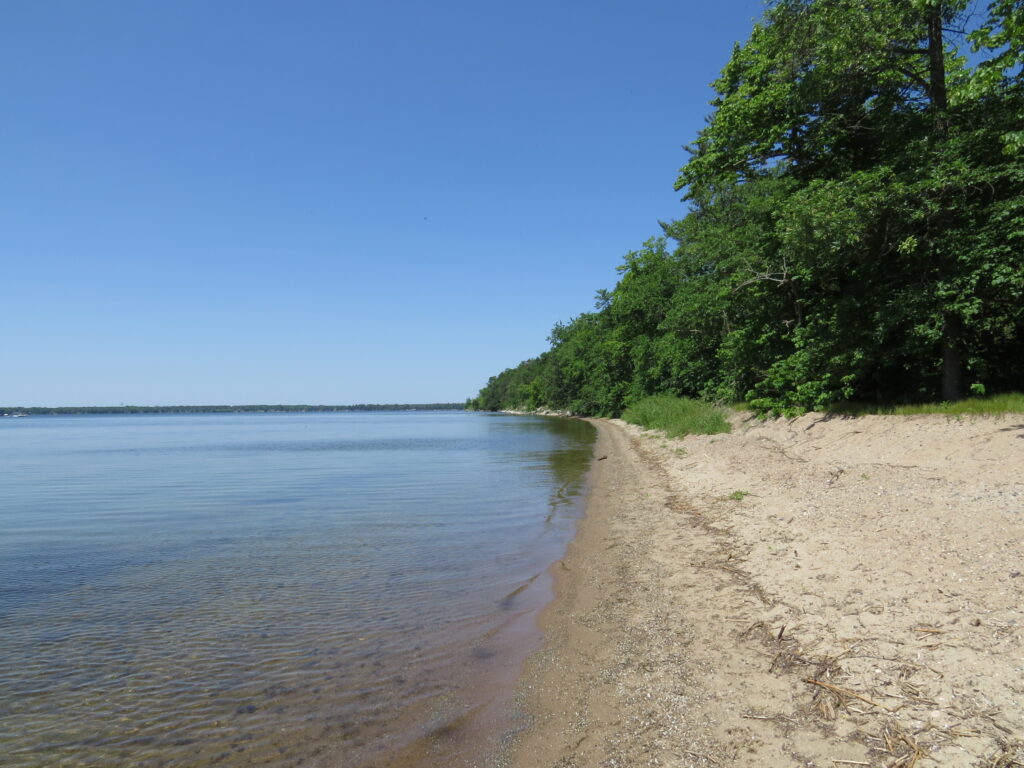
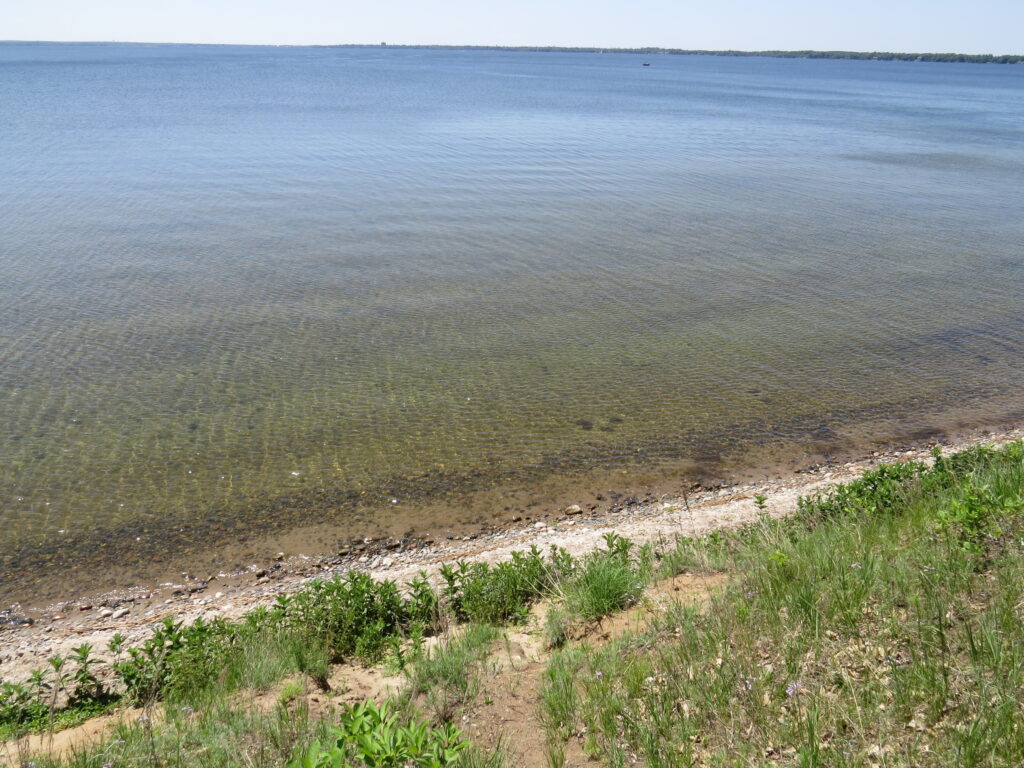
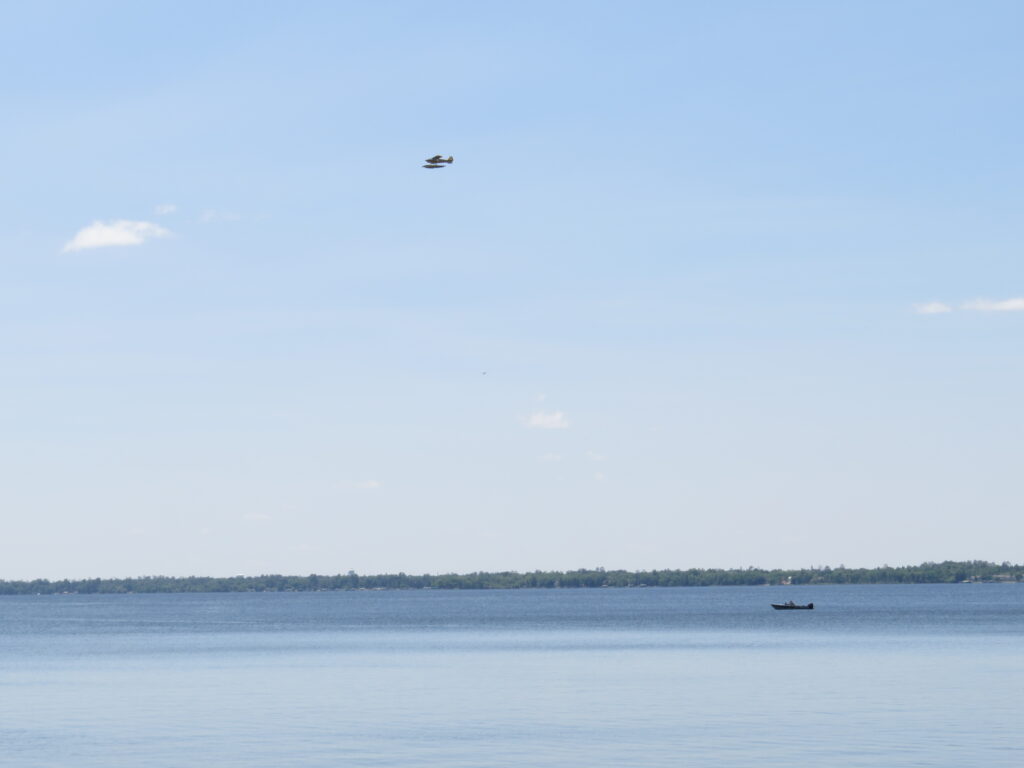
Other floaters seemed to ignore the few people fishing and swimming. A red-headed Common Merganser swam close to the beach. A large Snapping Turtle floated to the surface near the dock, then lazily swam under the dock as fishermen threw their lines close by. A school of Yellow Perch doubled their numbers with dark shadows of themselves. A Blue-Winged Teal preened on a rock by the fishing dock, then swam close to the hiking path.
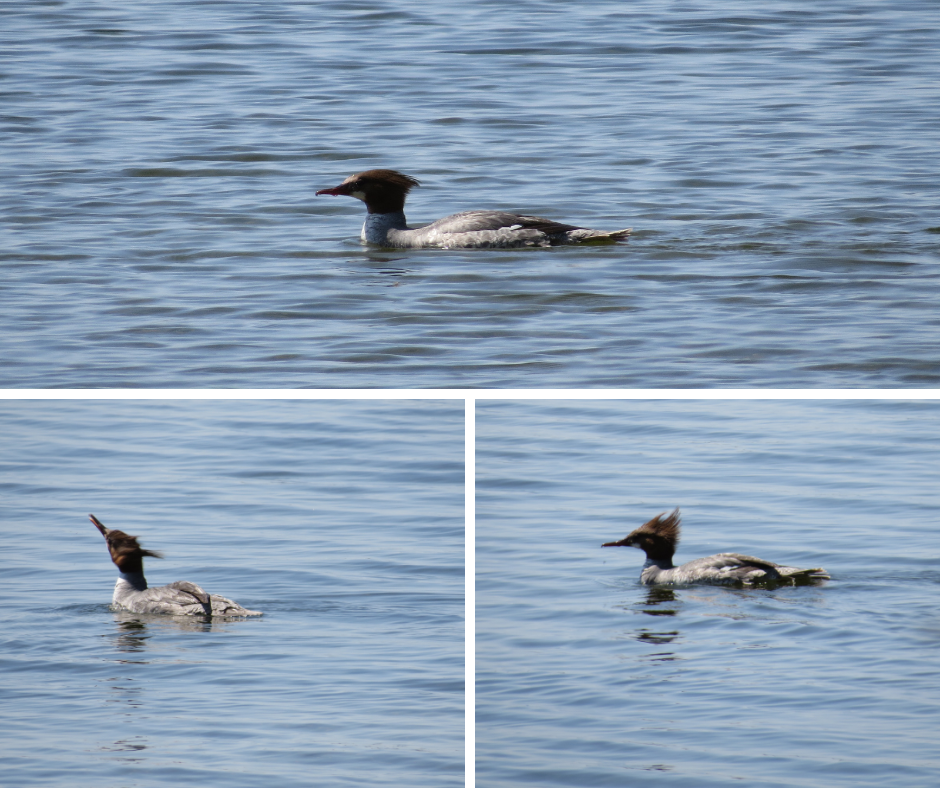

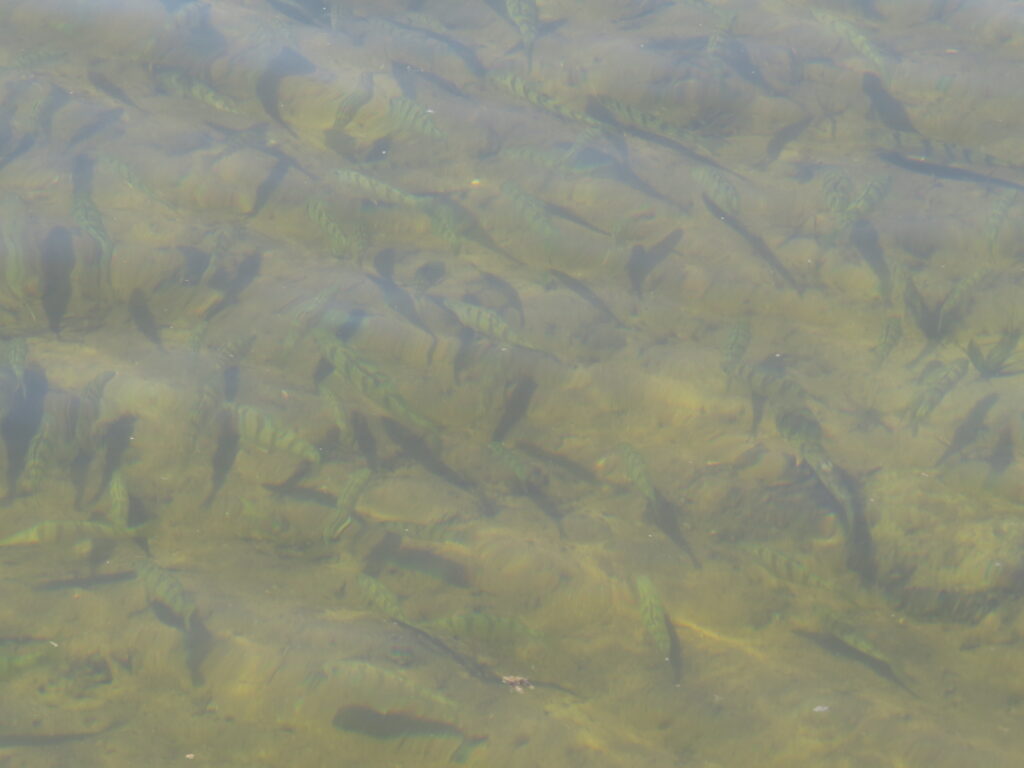
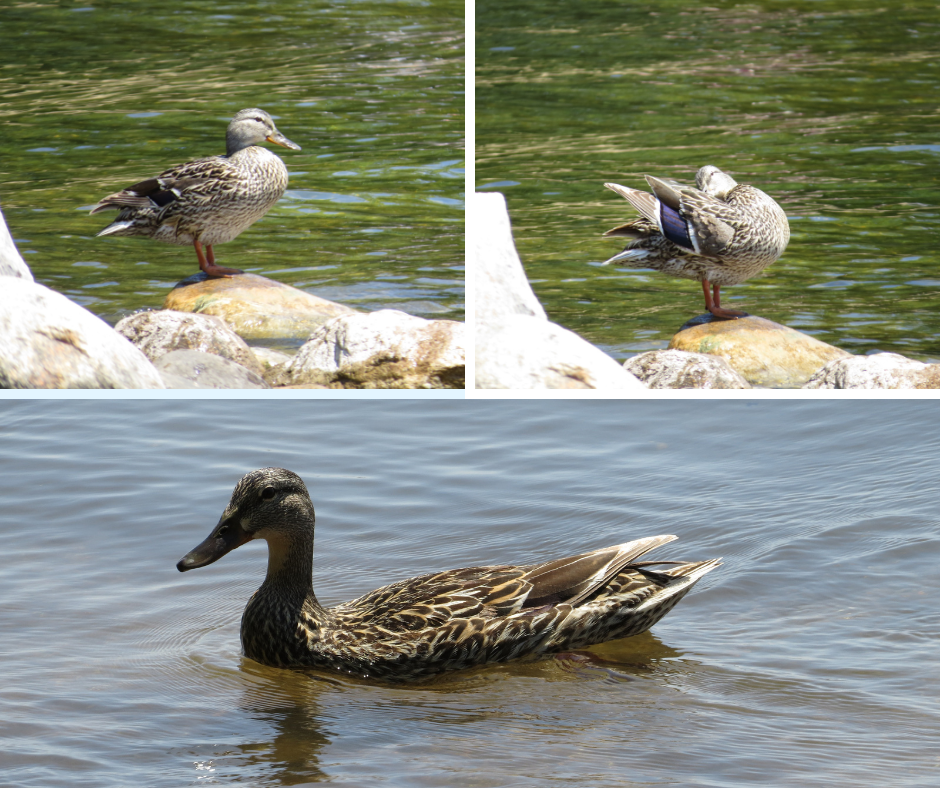
Along the rocky shore where Bass Creek flows into Lake Bemidji, Harlequin Blueflag Irises displayed their showy purple flowers, and the ball-shaped buds of Yellow Pond Lilies floated above their lily pad leaves.
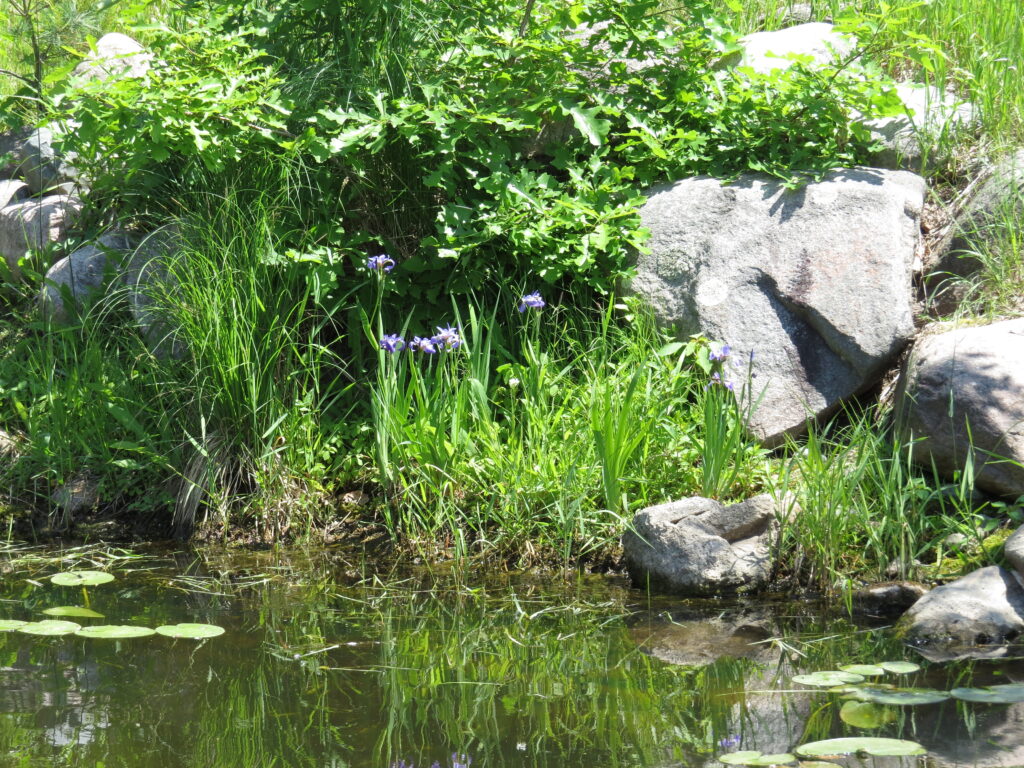
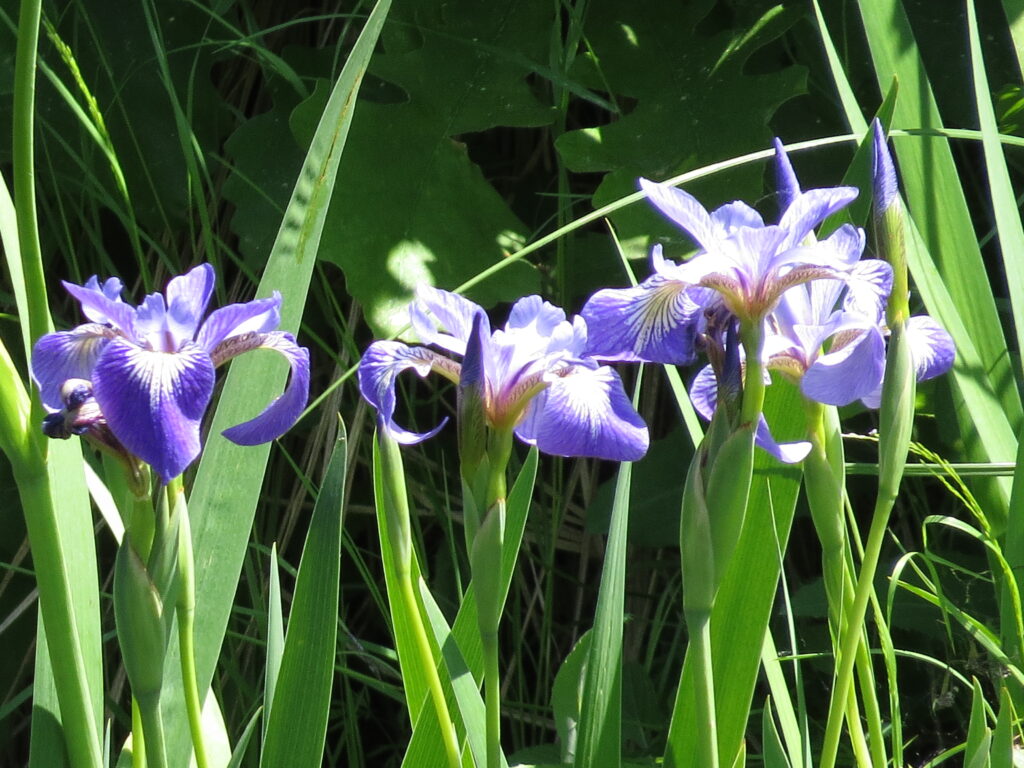
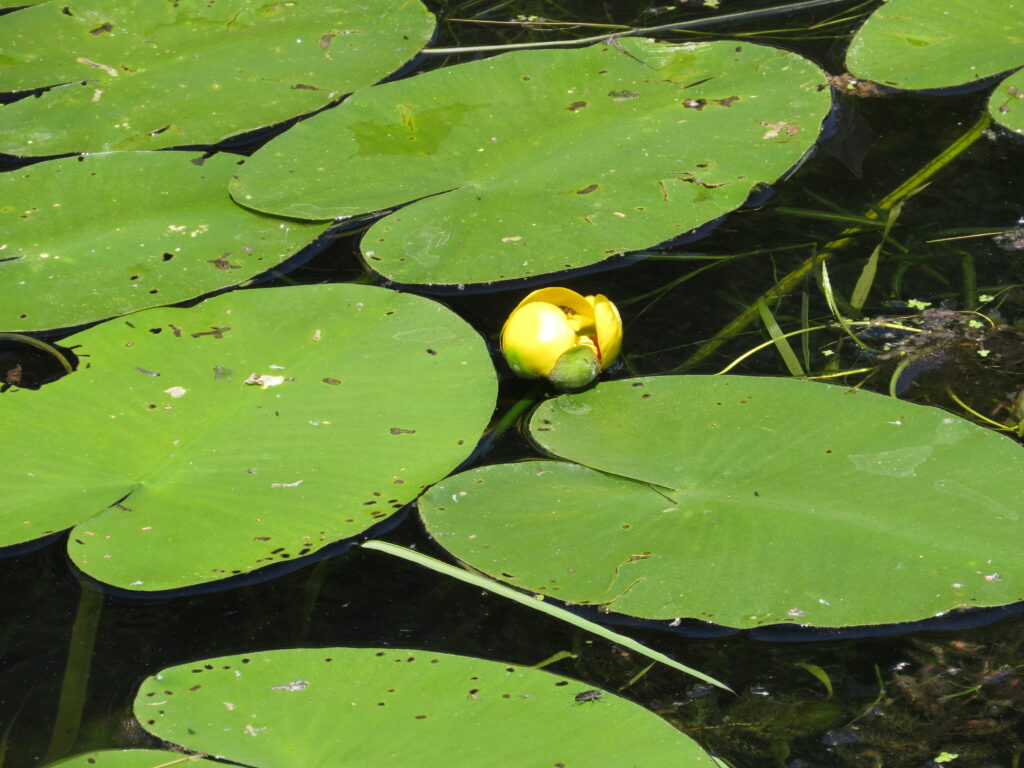
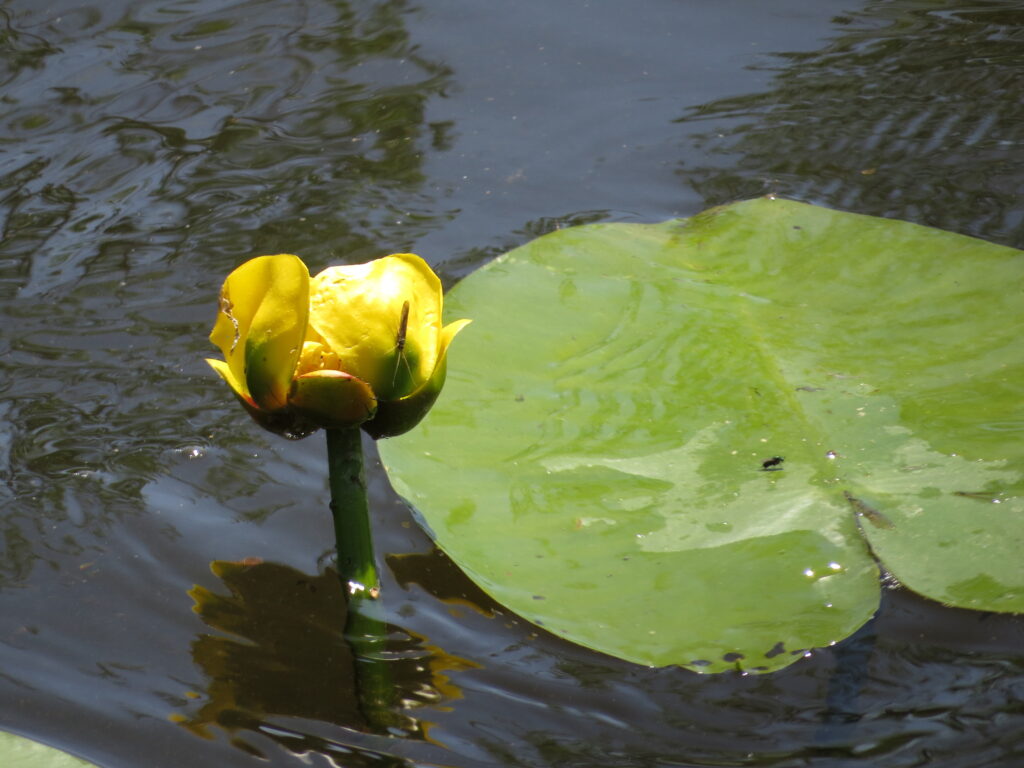
June Wild Roses proliferated along the wetlands, their sweet smell and pink faces bringing joy to those who noticed them.
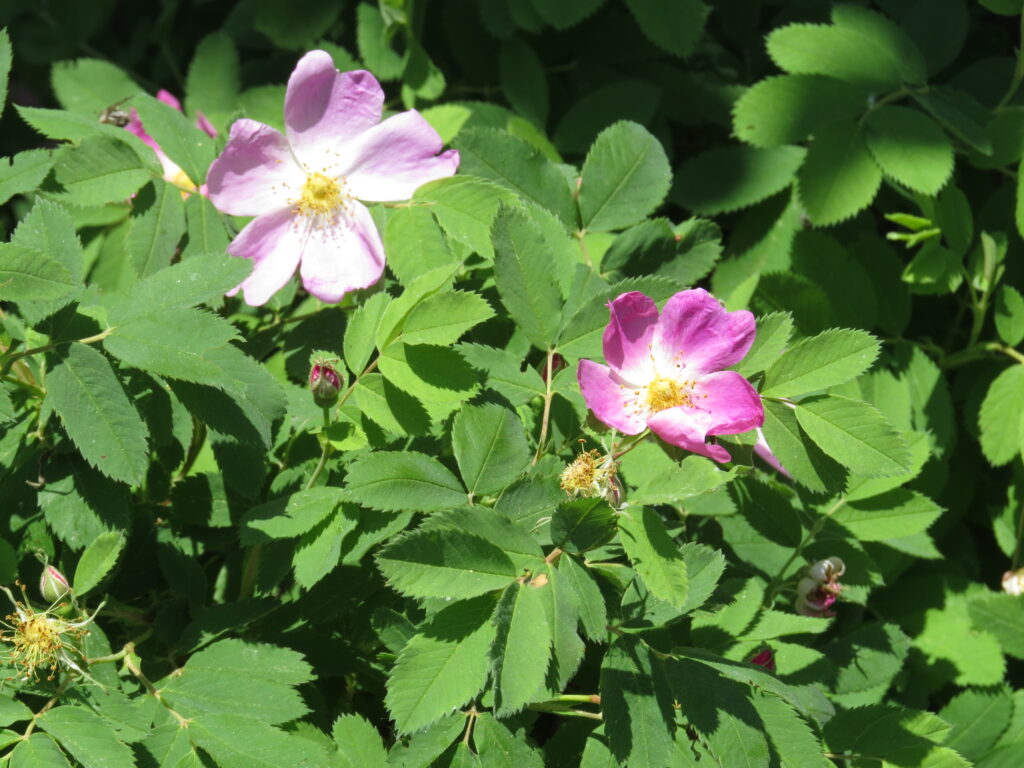
Bass Creek cuts a path from Big Bass Lake to Lake Bemidji, part of the 396,000 acres of land that drains into Lake Bemidji. The rushes, reeds, and cattails create a scenic wetland and provide food and shelter to the animals who live there.
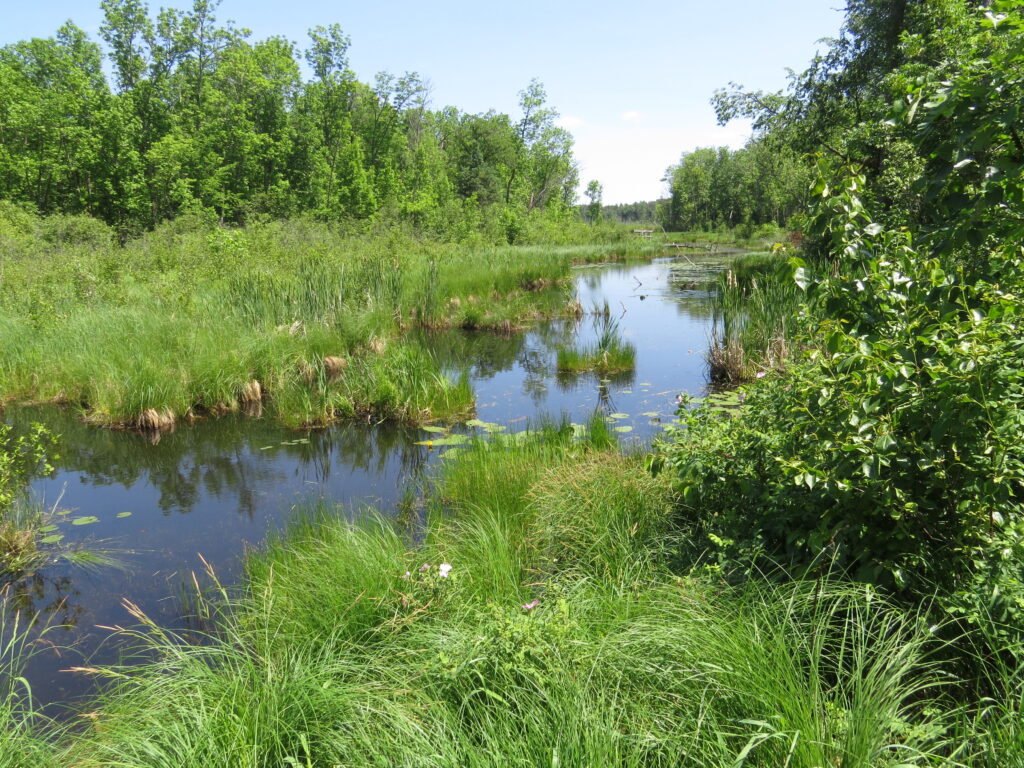
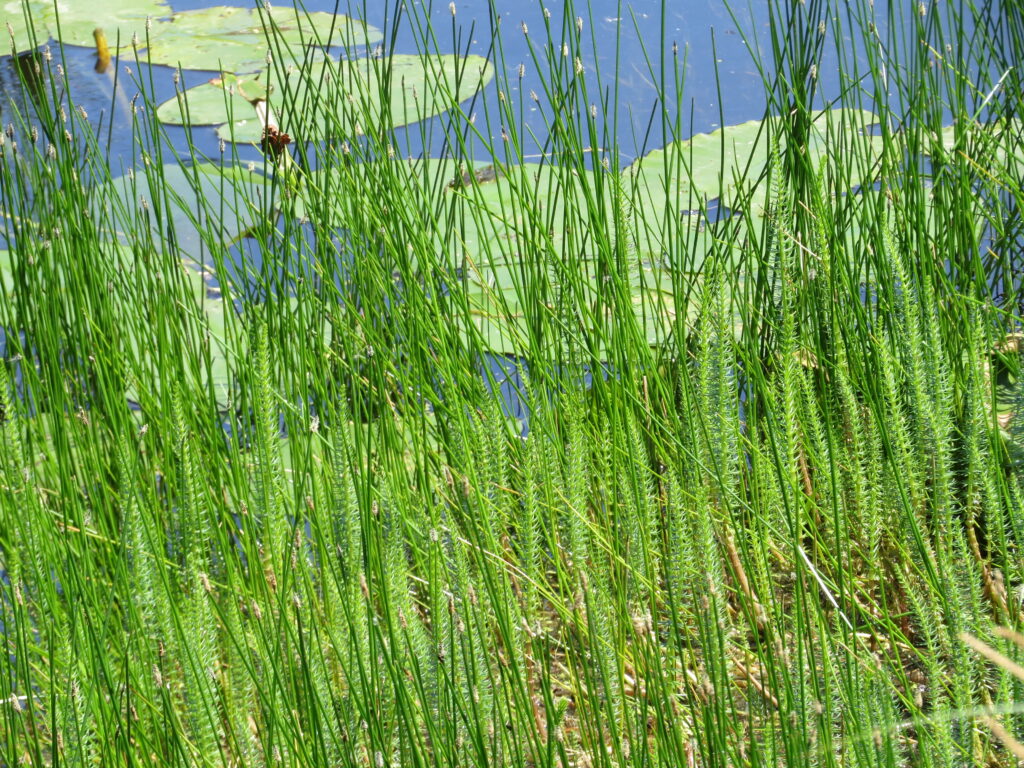
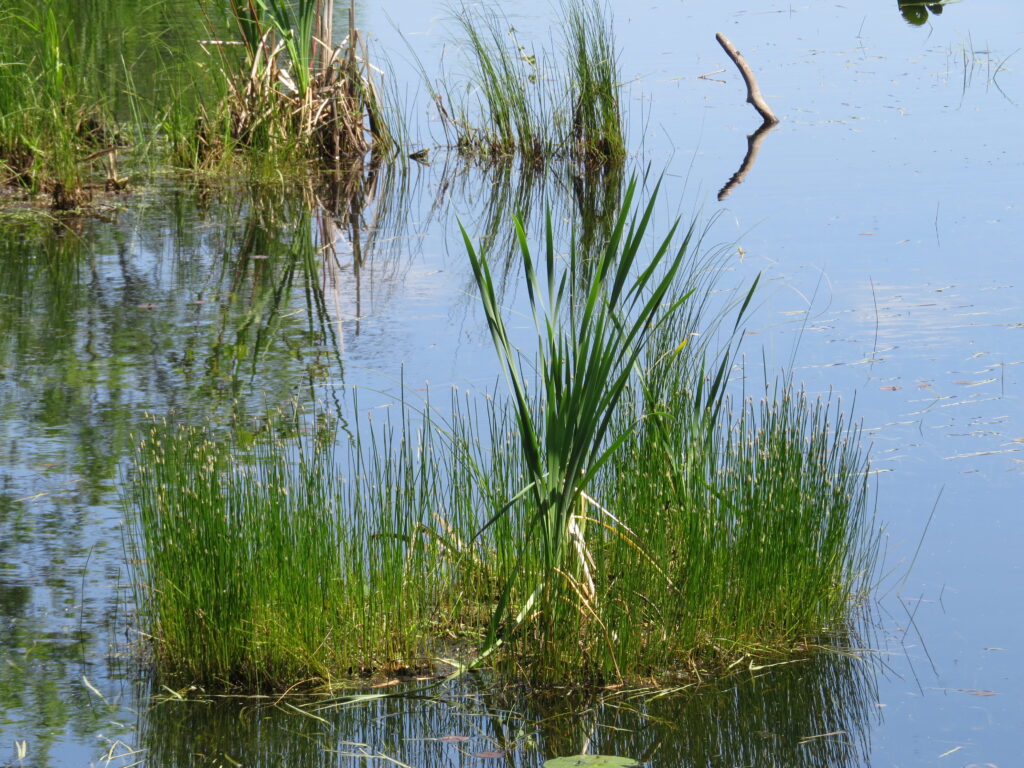
There is much to see at Lake Bemidji State Park, as with so much of northern Minnesota. It hones your observation skills and makes one appreciate the incredible diversity that is contained in a rather homogeneous area. What you see encompasses a large part of the story, but it is not the whole story. We tend to think of water flowing into a lake as becoming the lake—Bass Creek becomes Lake Bemidji. But there is something we don’t see. ‘Bemidji’ means ‘lake with crossing waters’ from the Ojibwa word ‘Bemidjigamaag.’ The Mississippi River, whose source is less than fifty miles away at Lake Itasca, flows into Lake Bemidji from the south and west, crosses the Lake and exits on the east side. A river runs through the lake. This large and impressive River flows through a number of northern lakes before it begins its southward descent to Louisiana.
The things we don’t see are powerful parts of the story of a River and a Lake, just as they are with the stories of our Lives. My premise is the idiom of ‘what you see is what you get’ is how a person wants to be seen, not all that is there. It’s more likely a way to hide a vulnerability or a painful part of oneself. We have amazing, creative, resilient ways to armor ourselves against pain and loss, but the spirit of who we are runs through us whether seen or unseen. I like that we and all of Nature are an amazing combination of both. I think the challenge is to integrate all those parts of ourselves—the swagger, the shadows, the funny parts, the vulnerable parts, the knowledge, the fears, and the weaknesses—into an authentic, happy, beautiful Self while shedding those behaviors that separate us from ourselves and others. What is the unseen river that runs through you?
